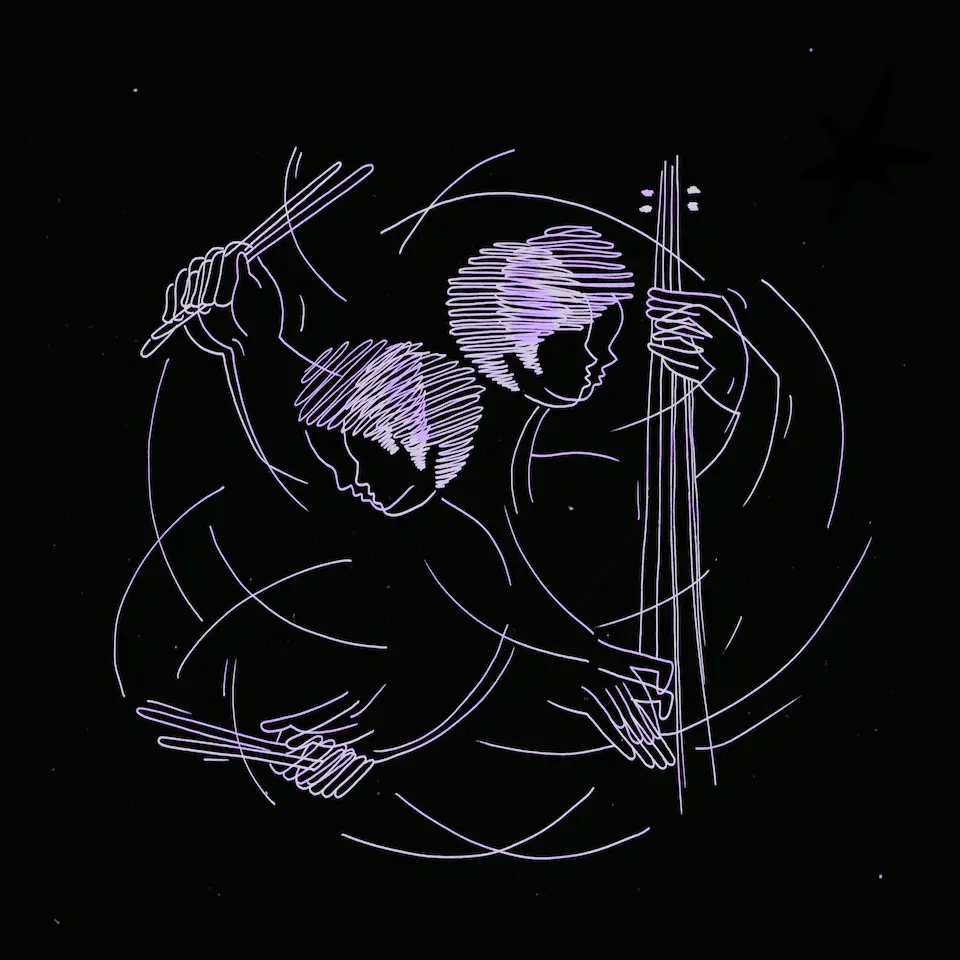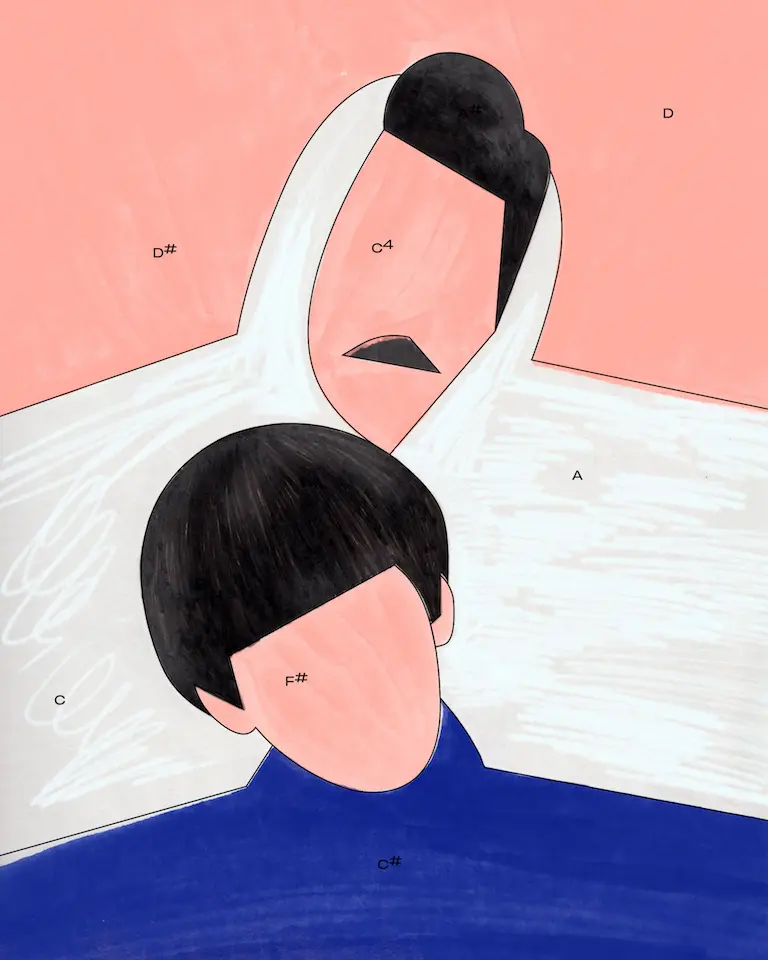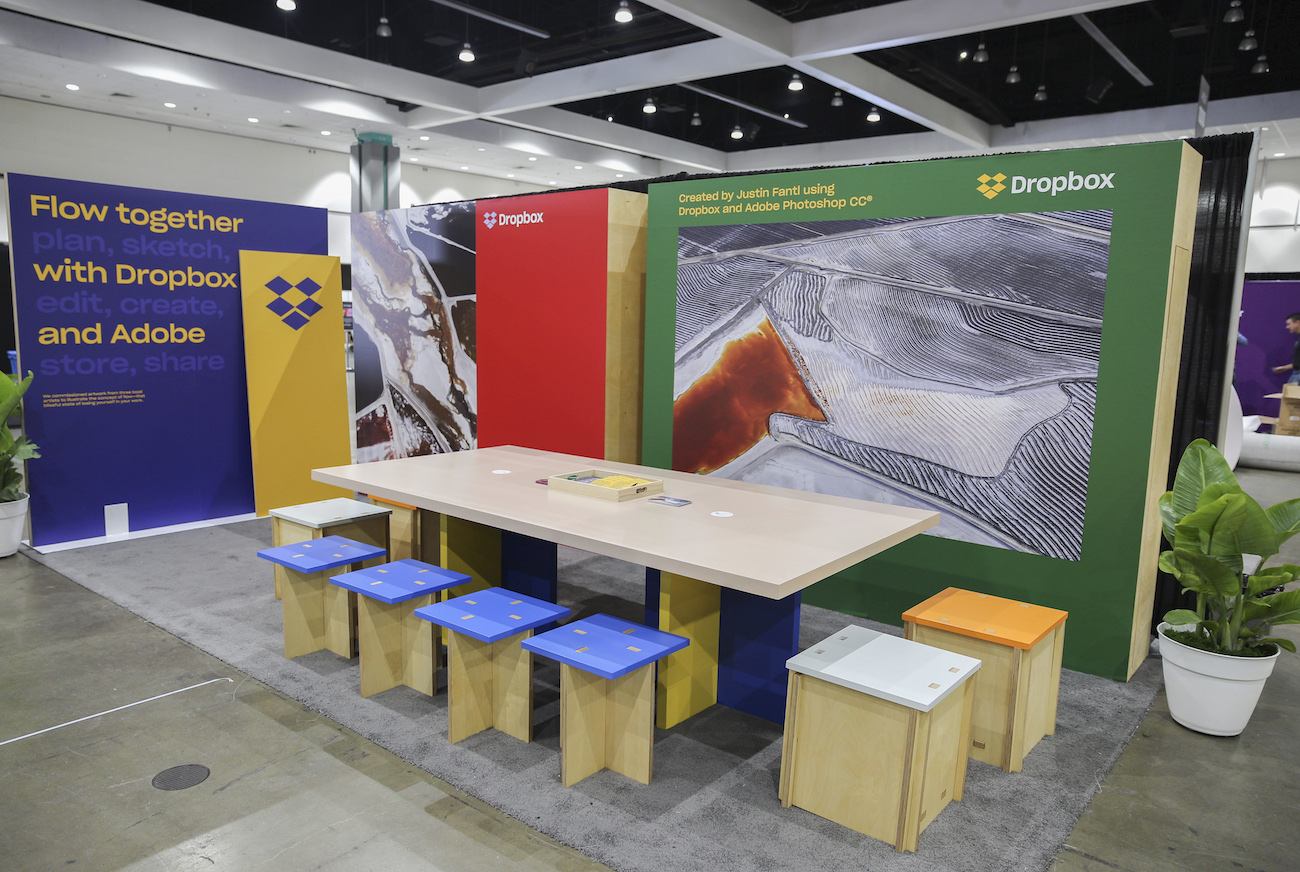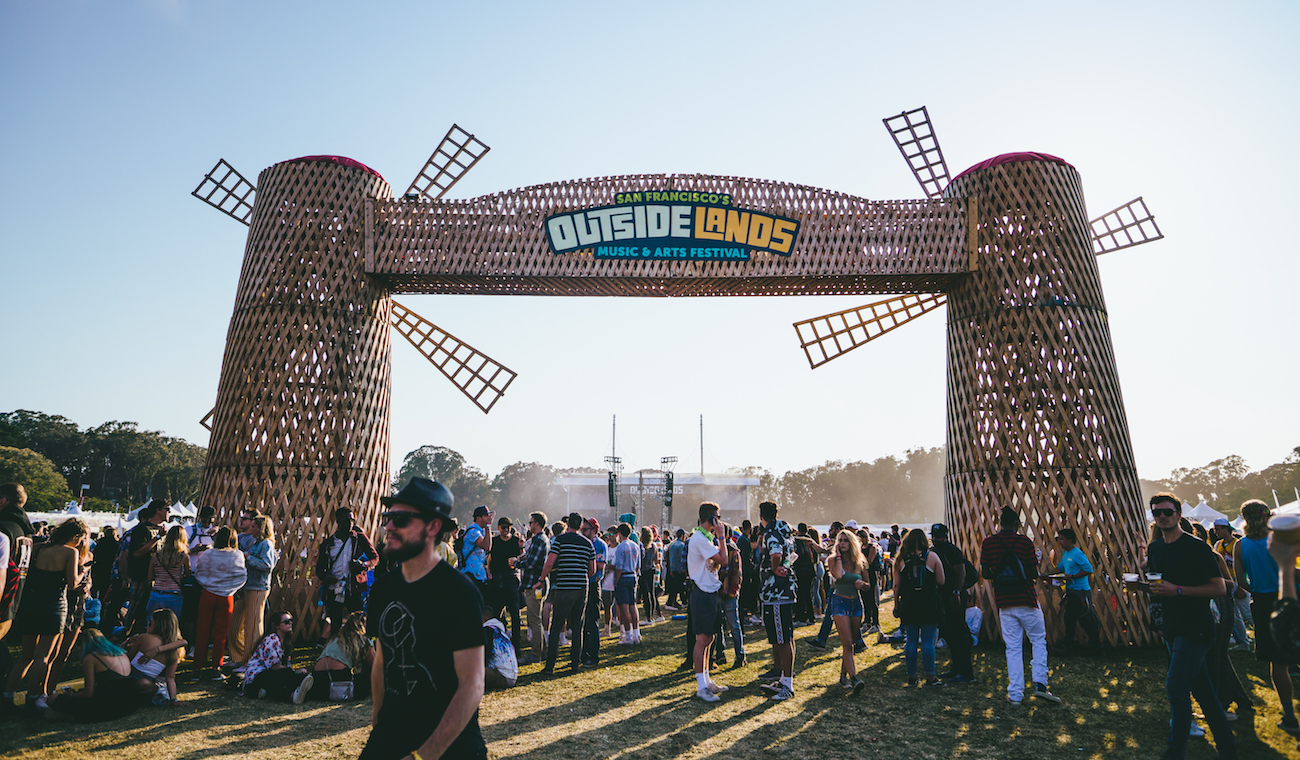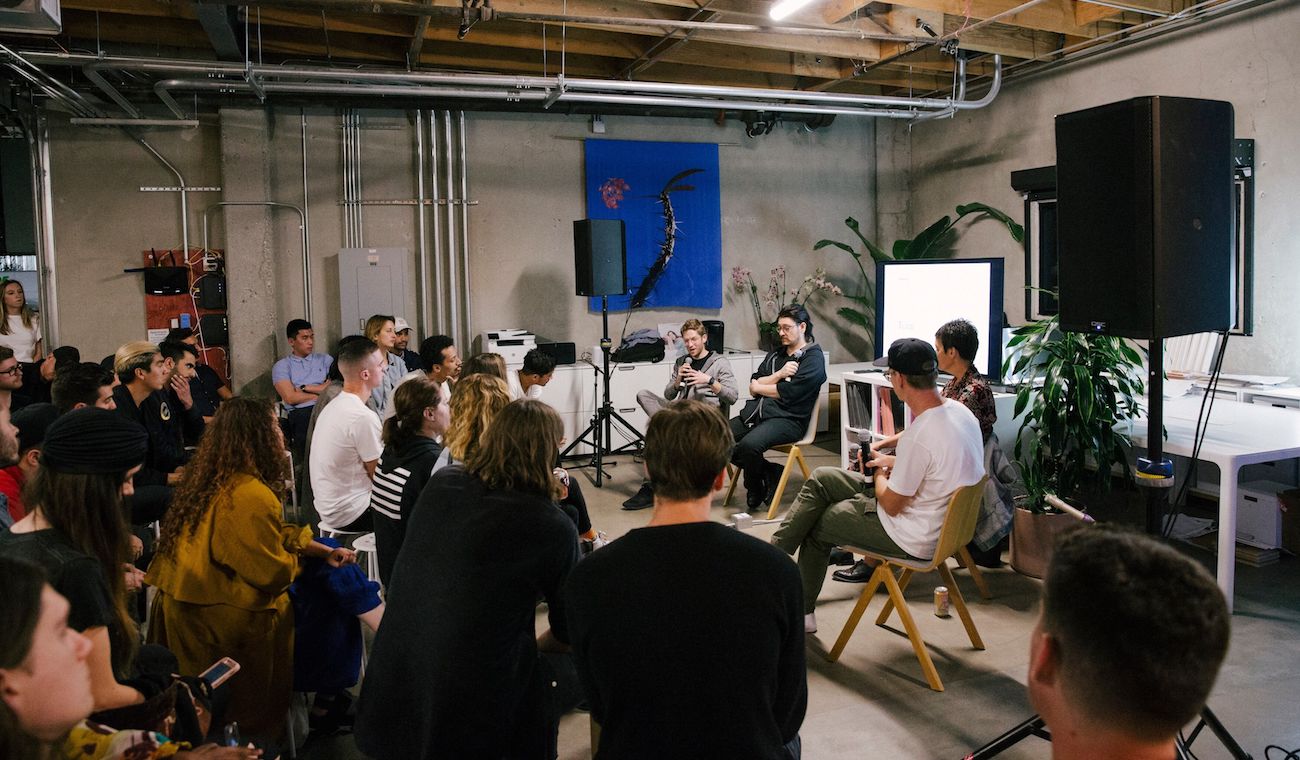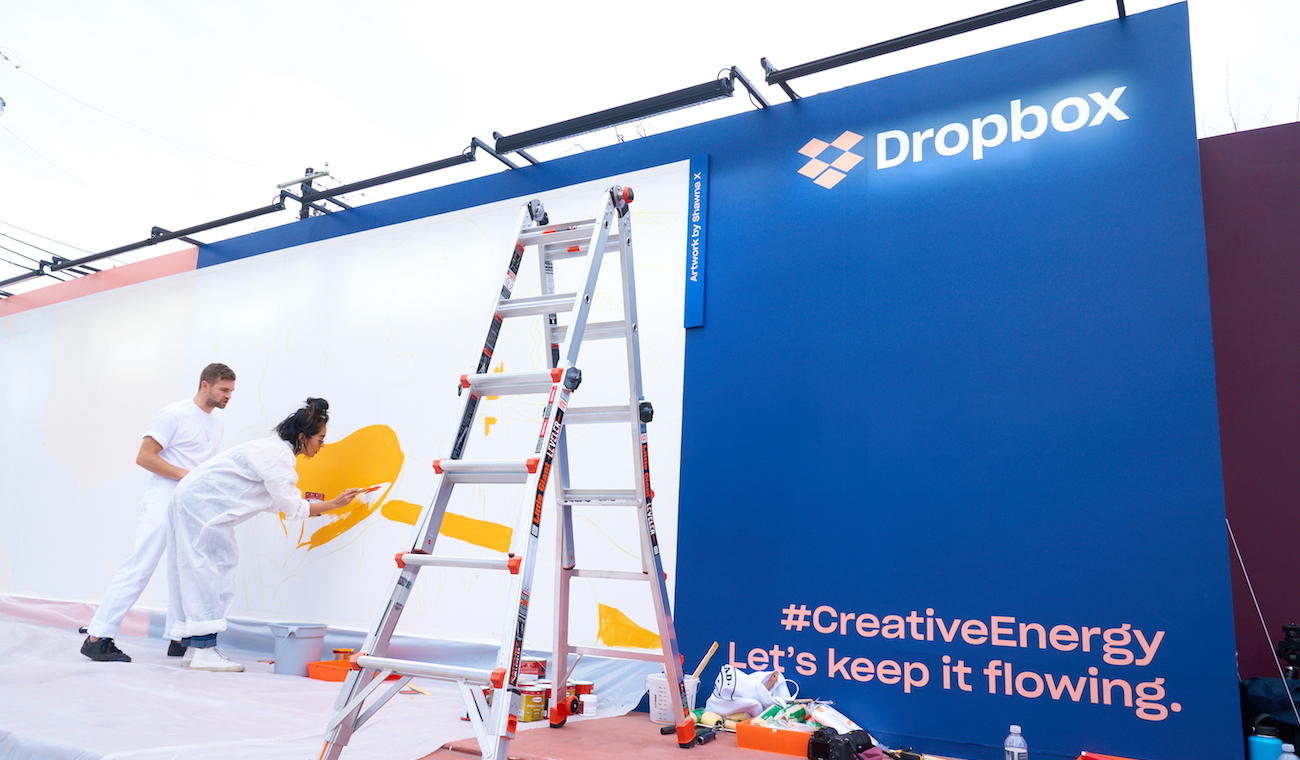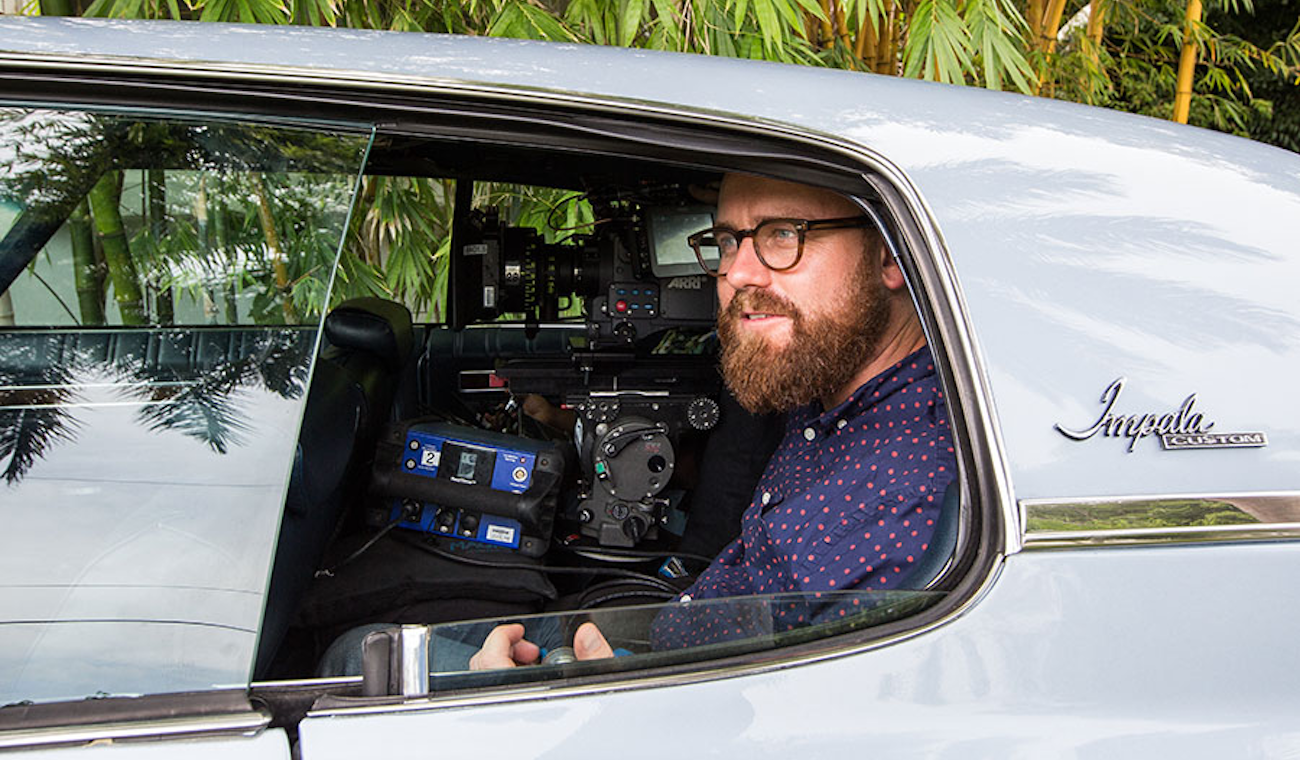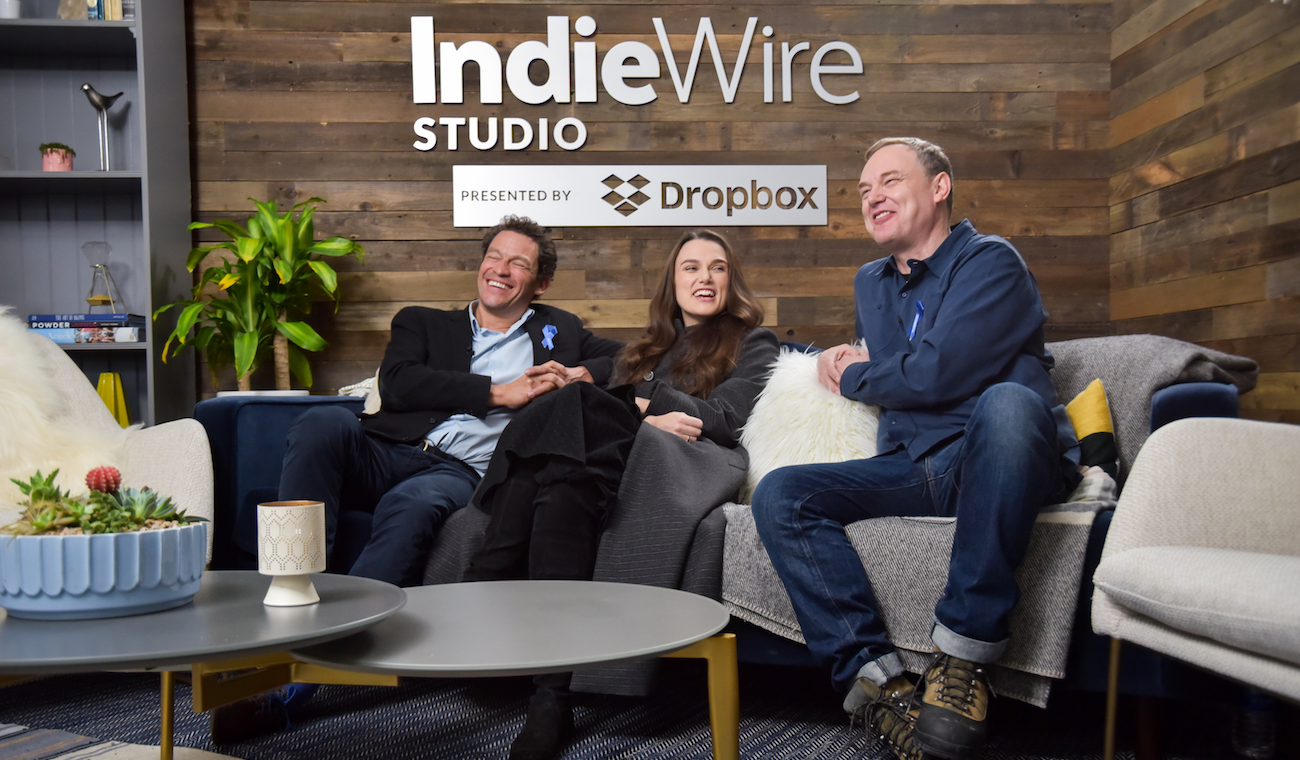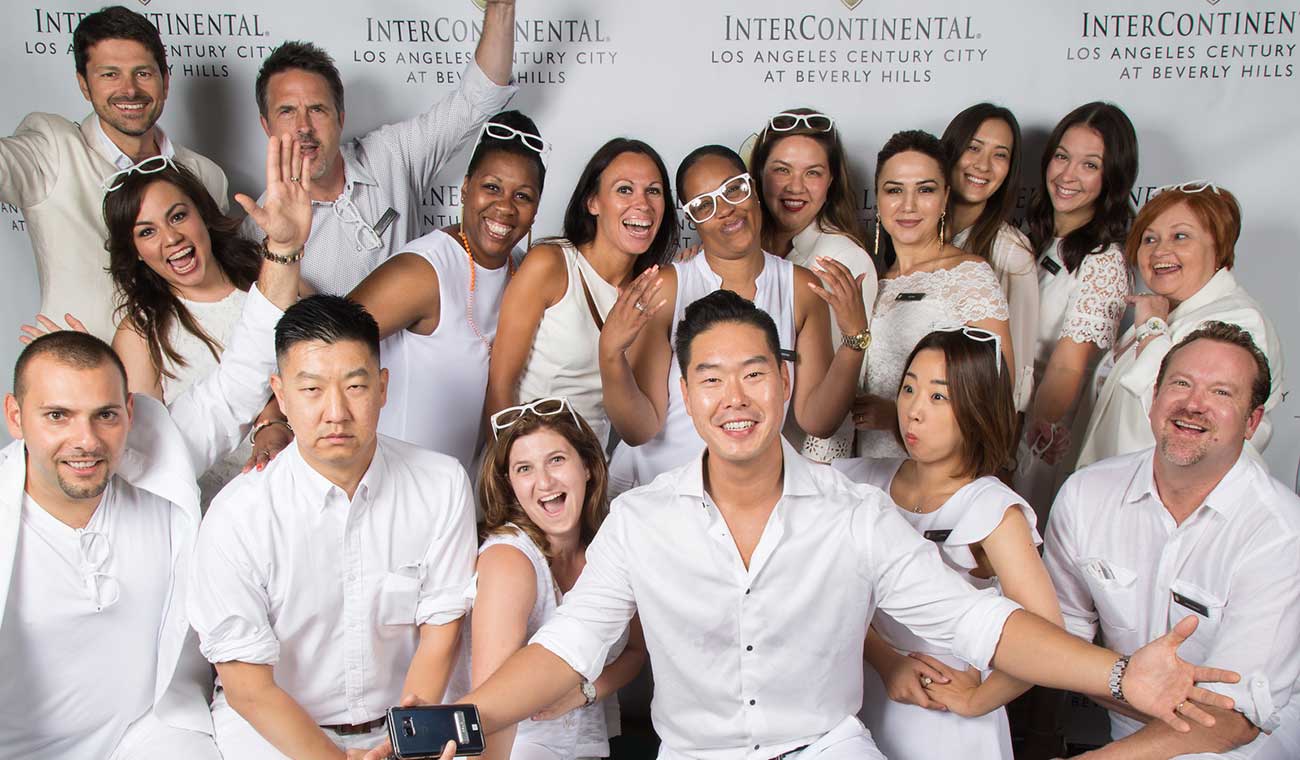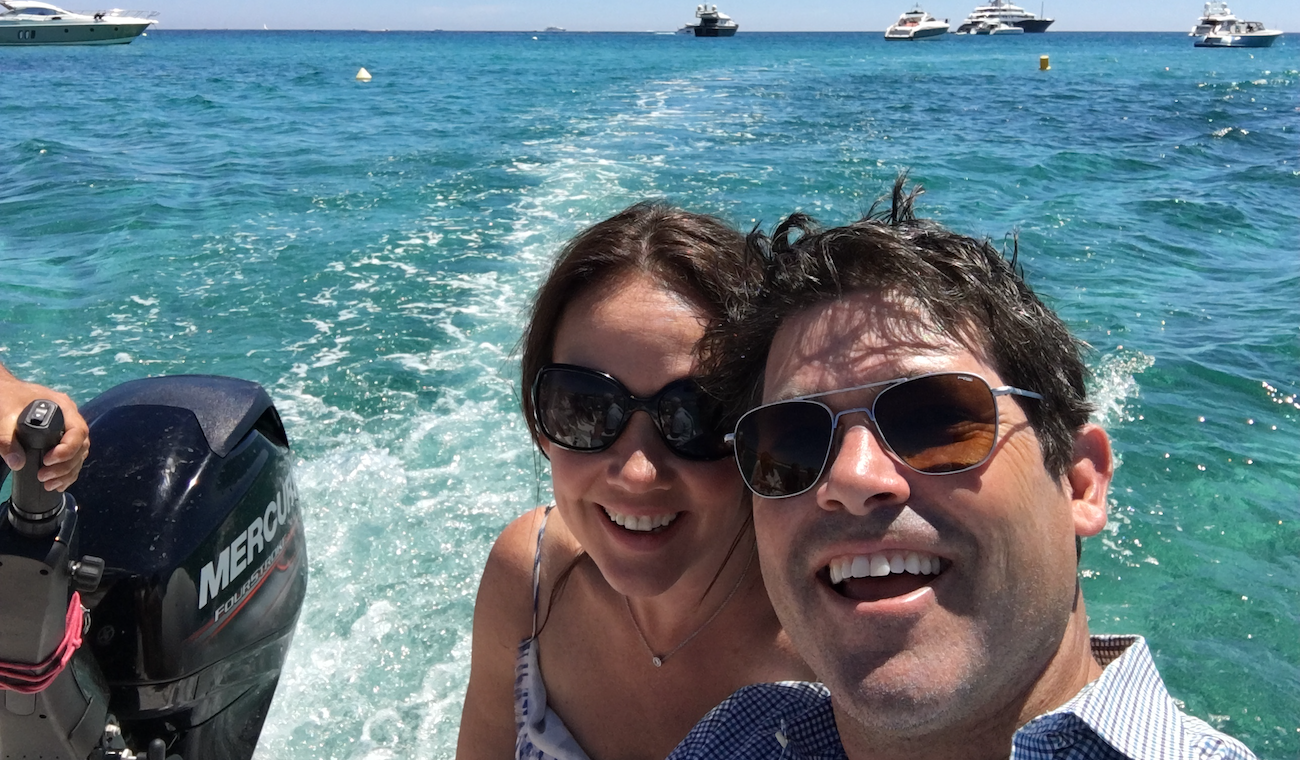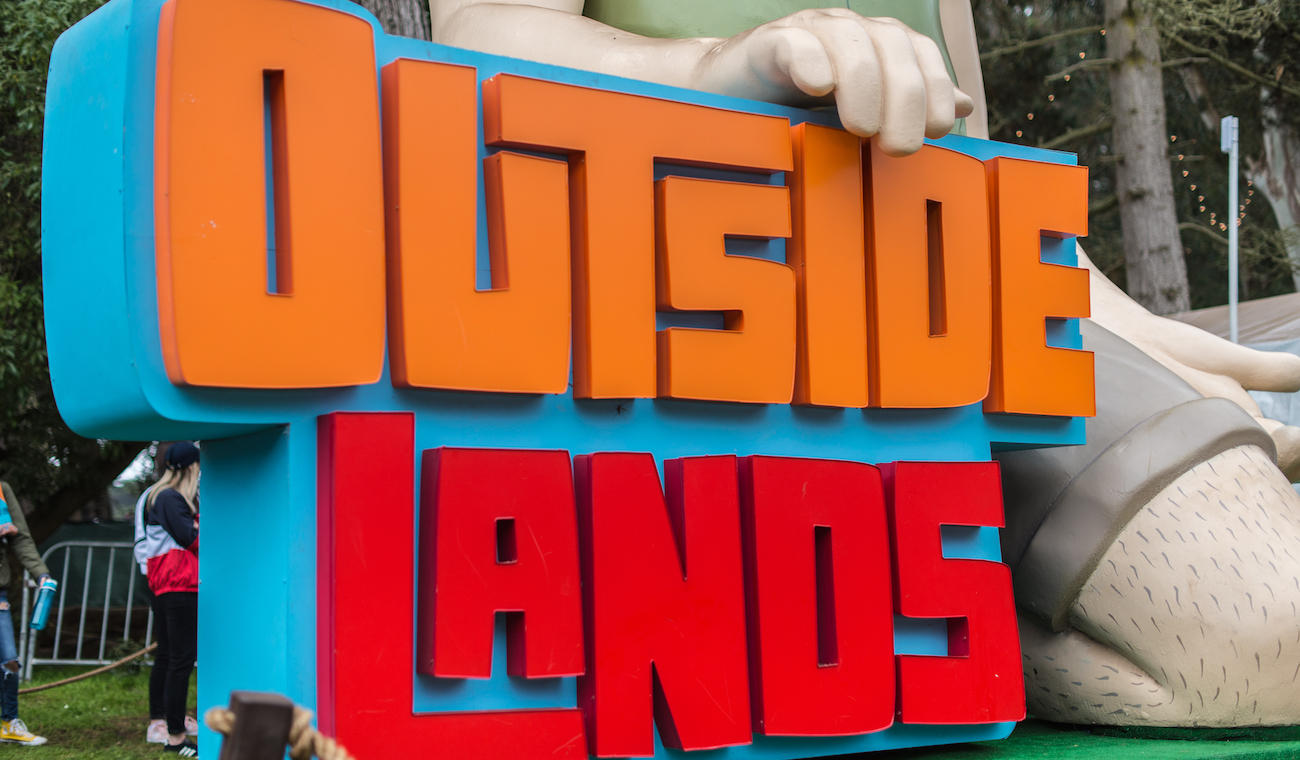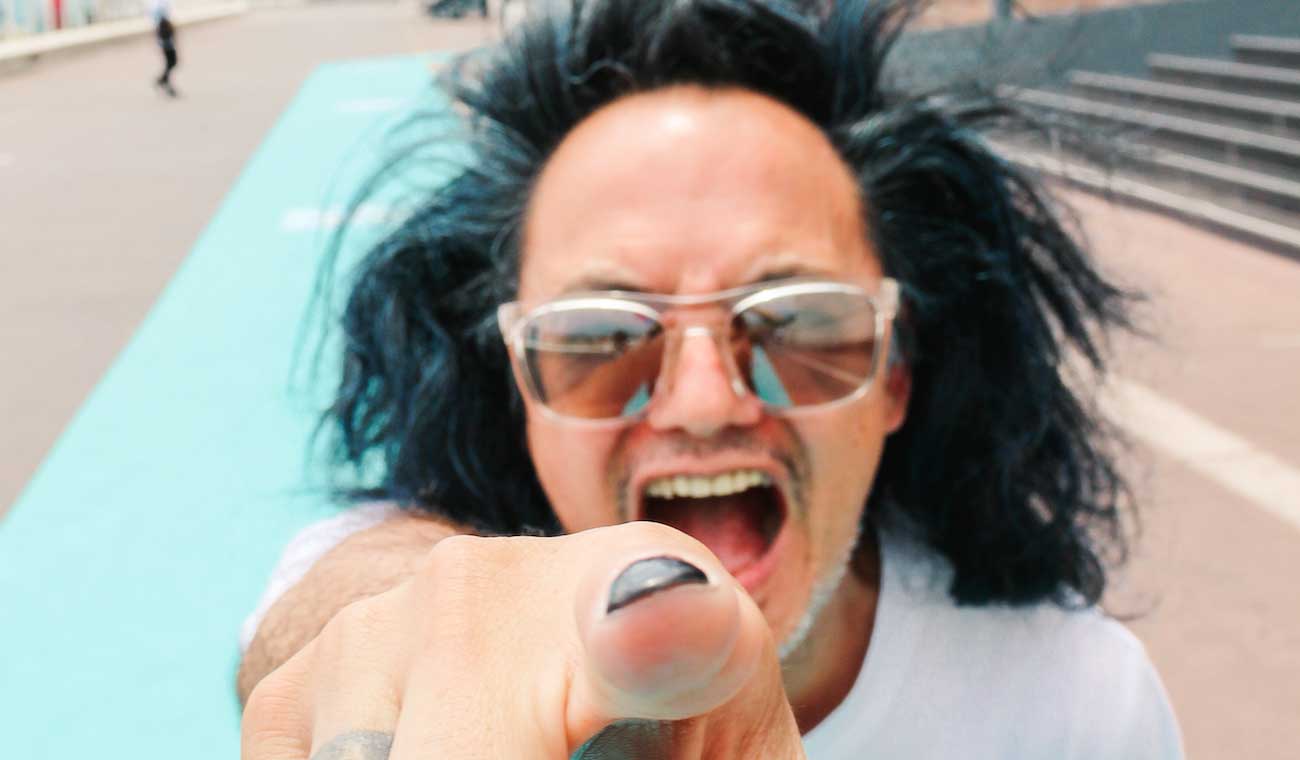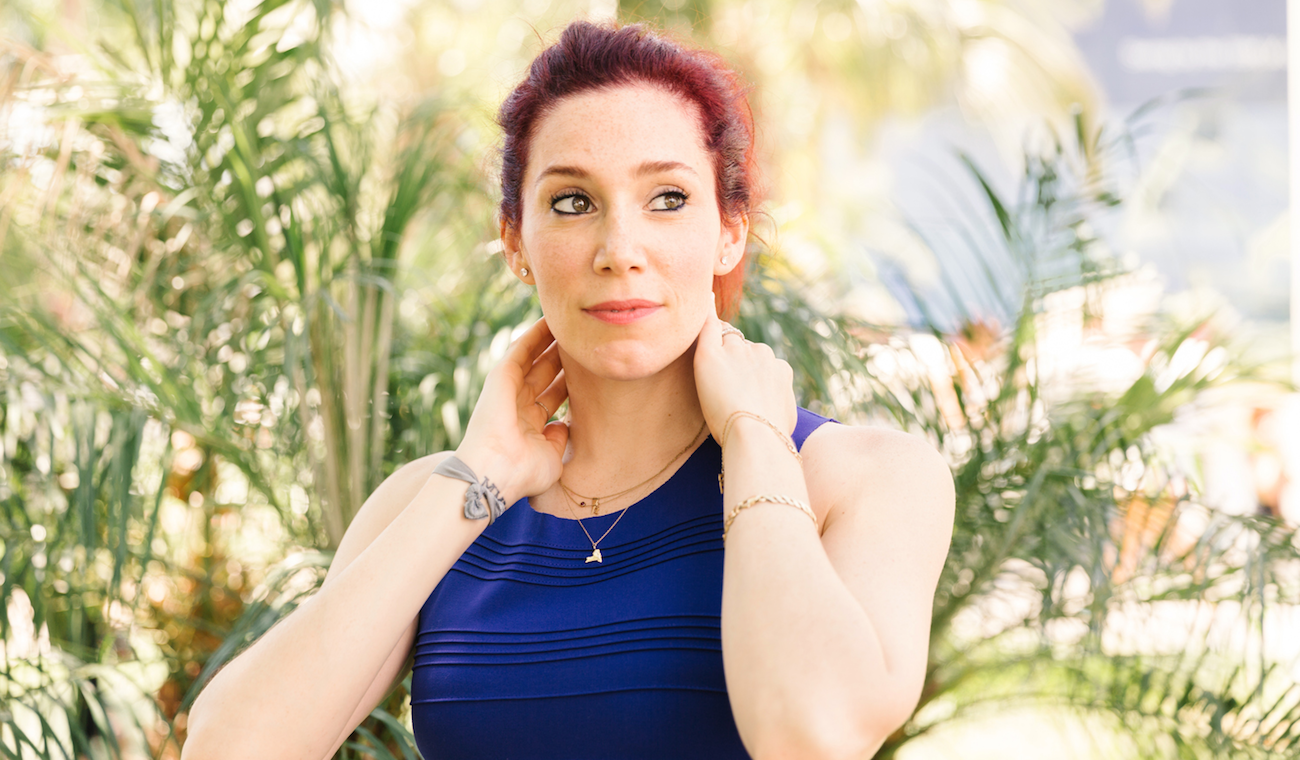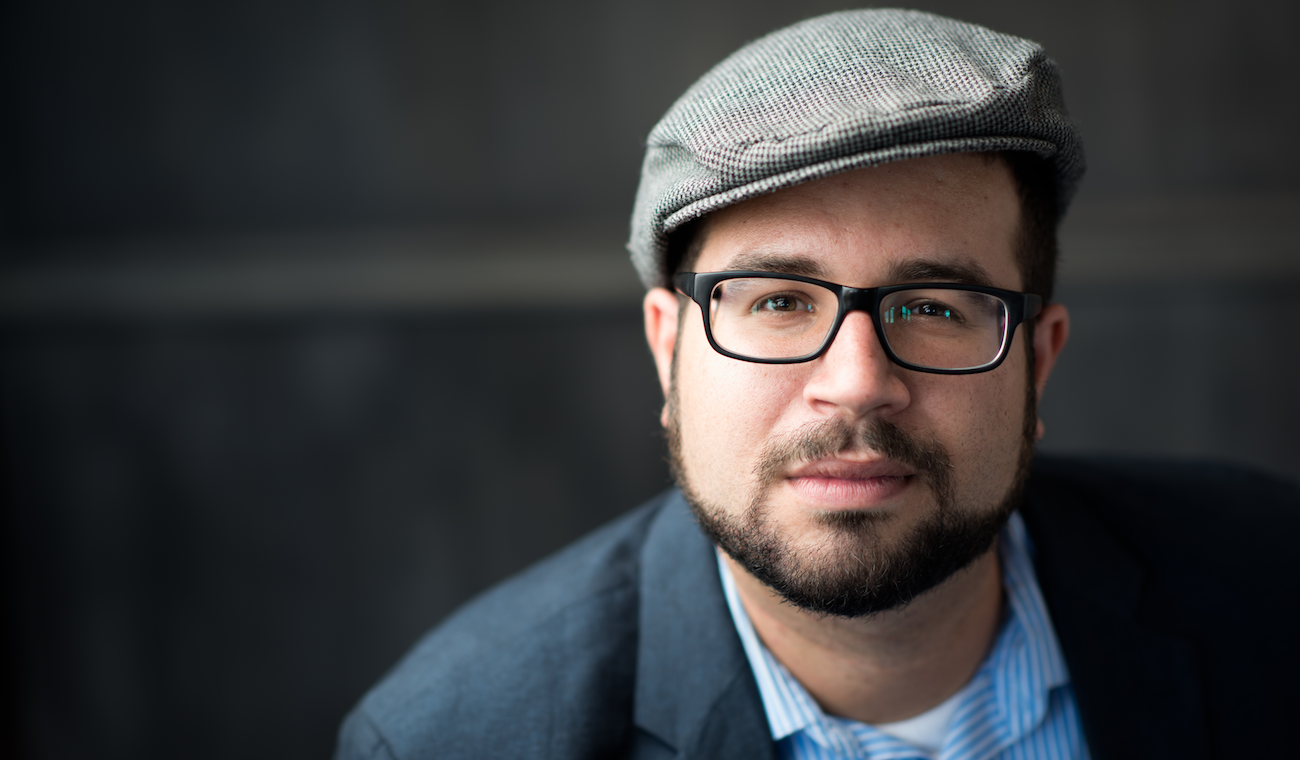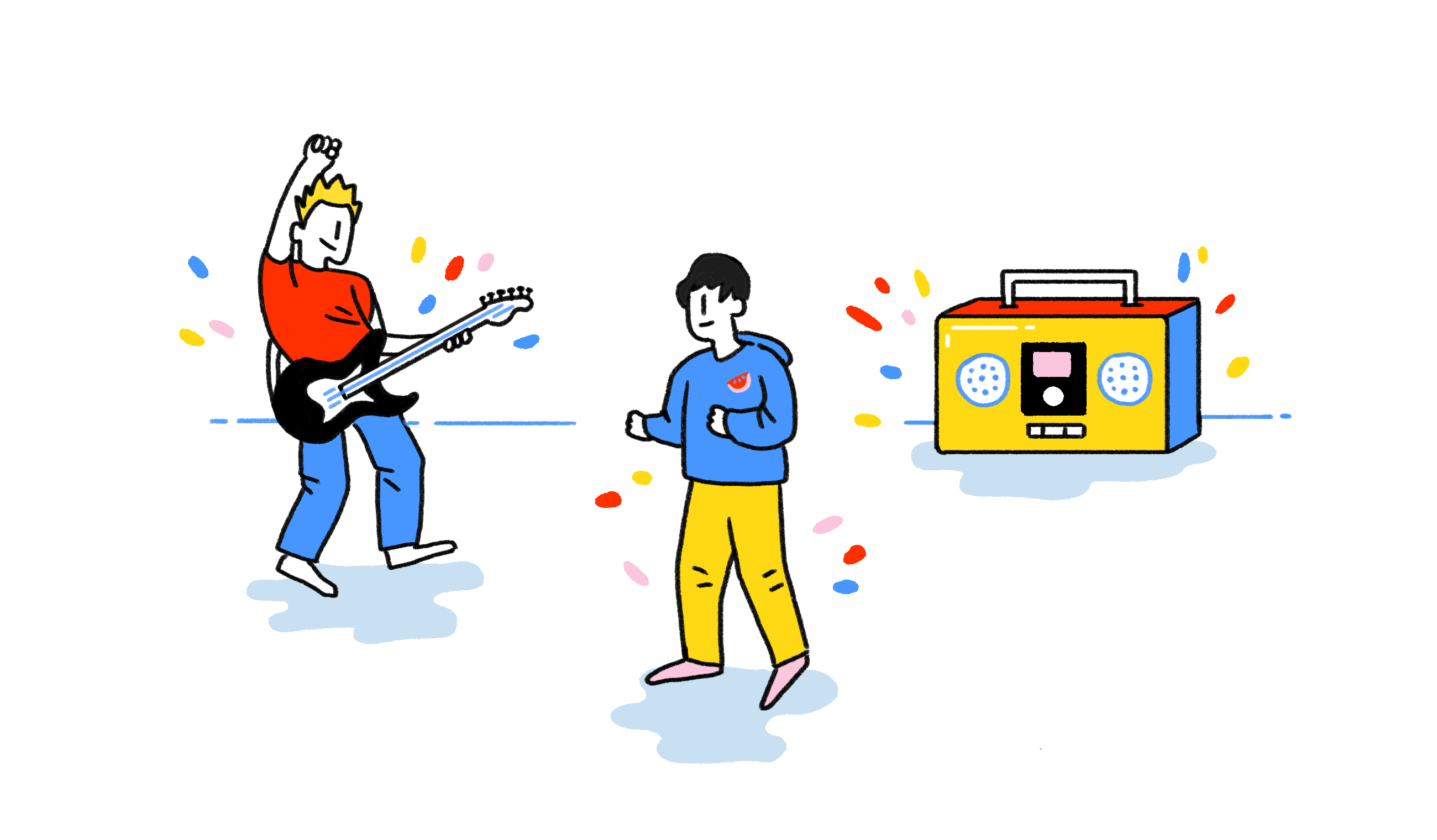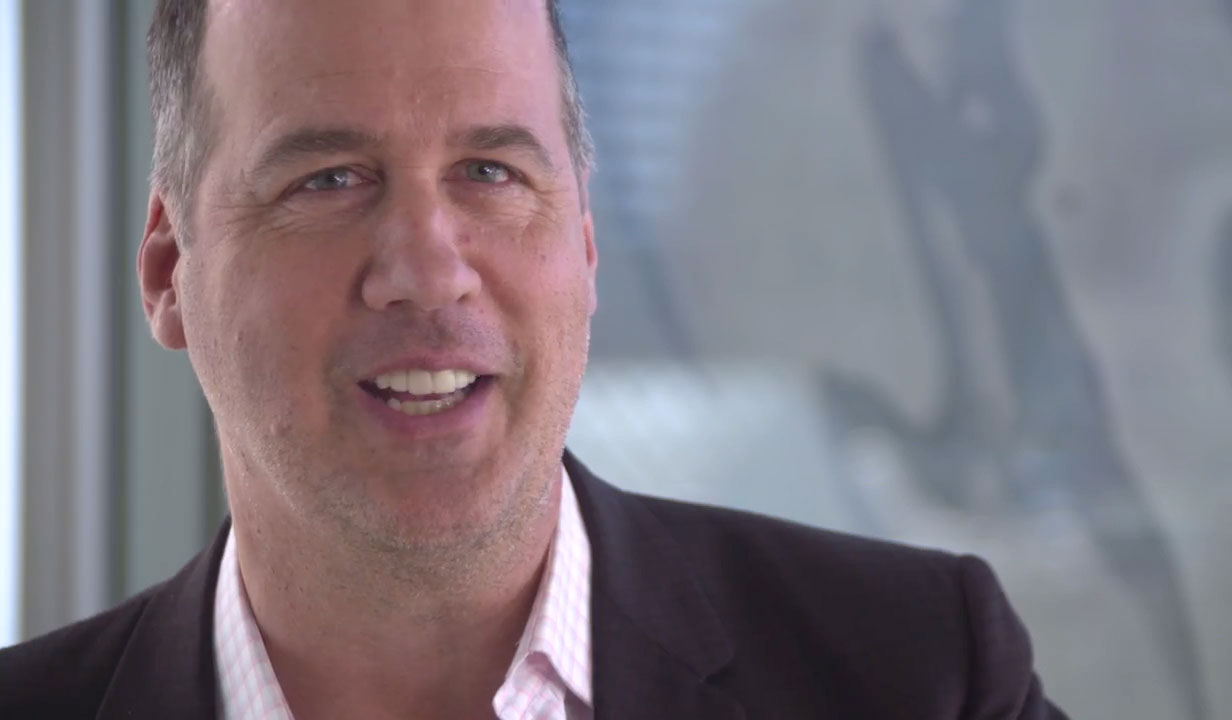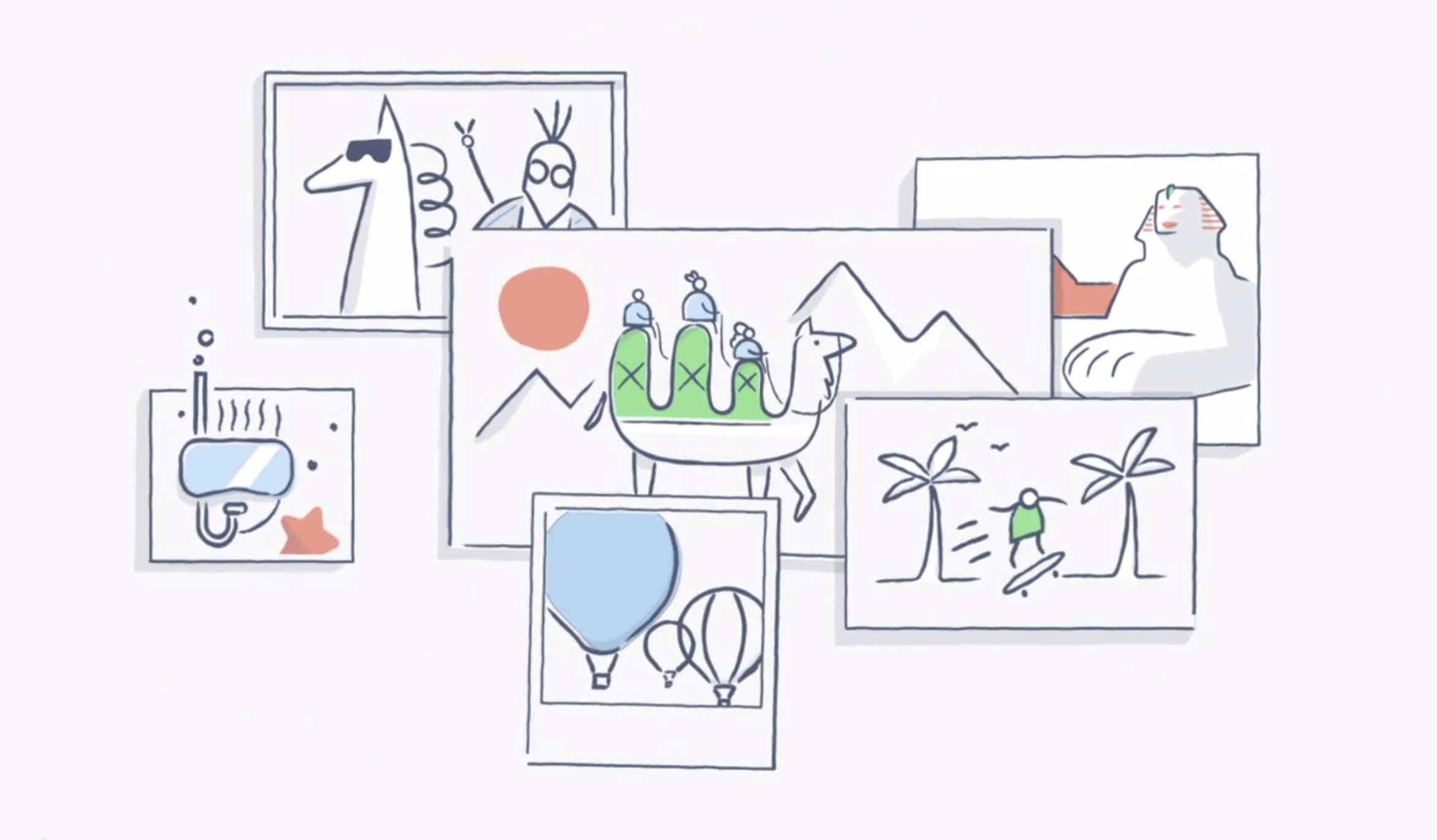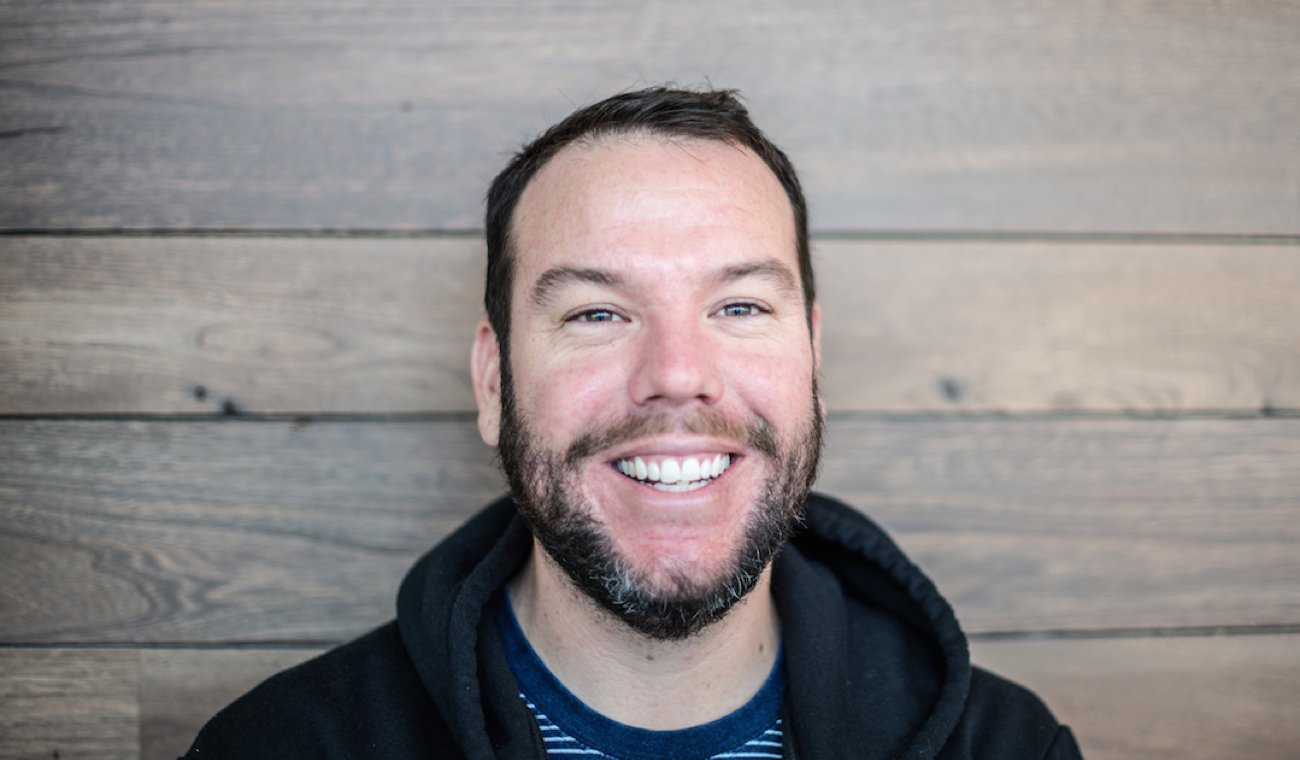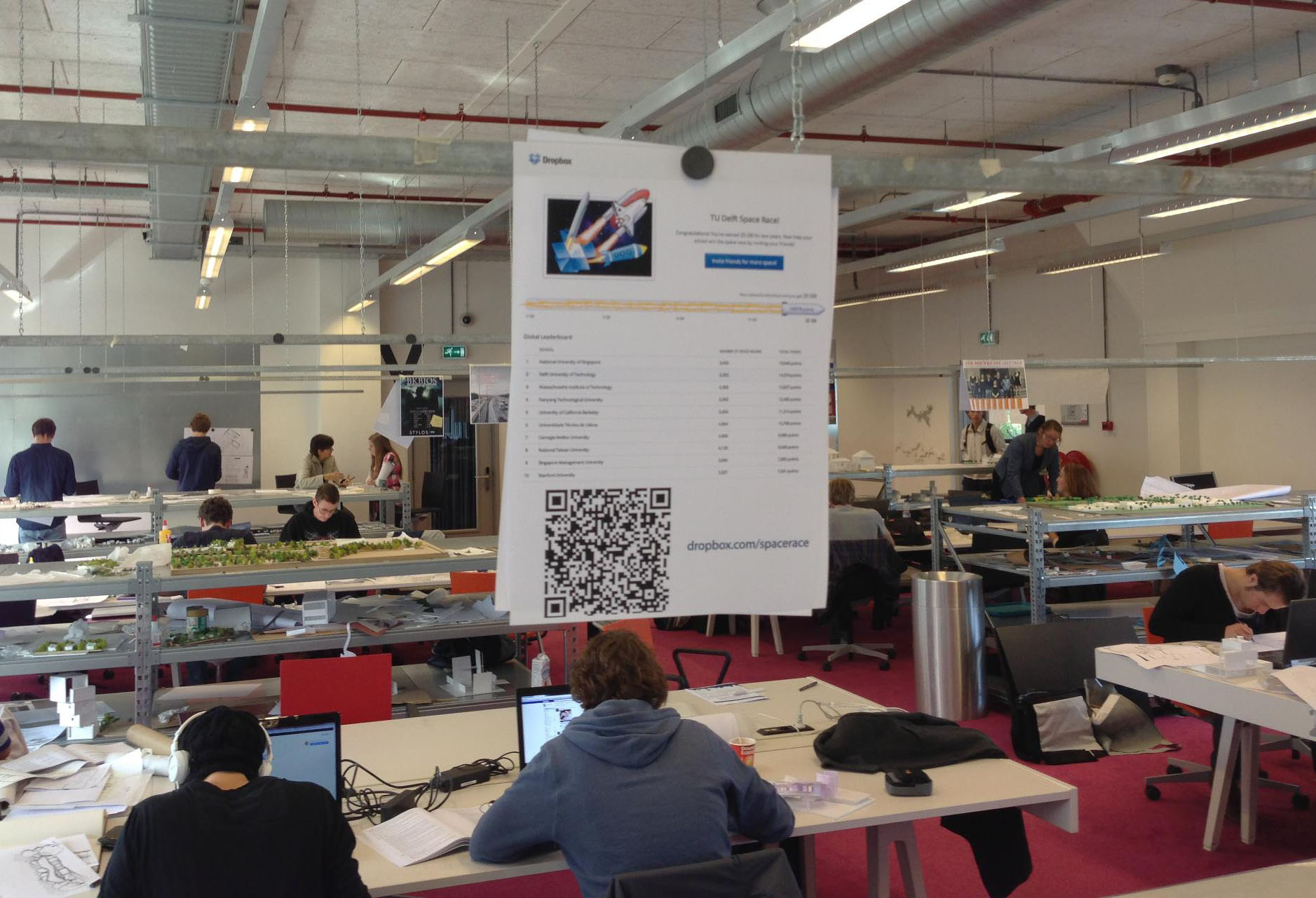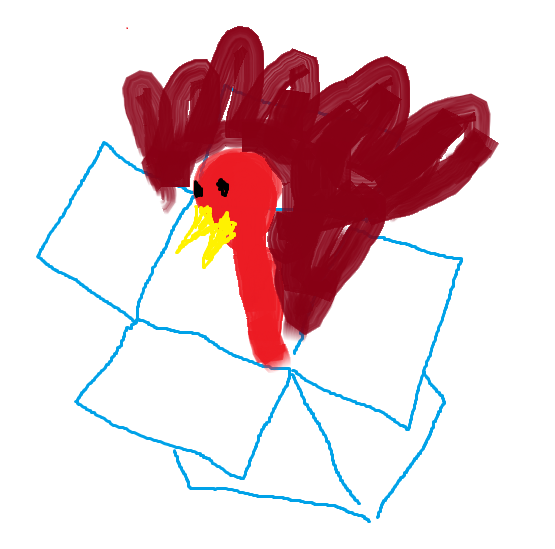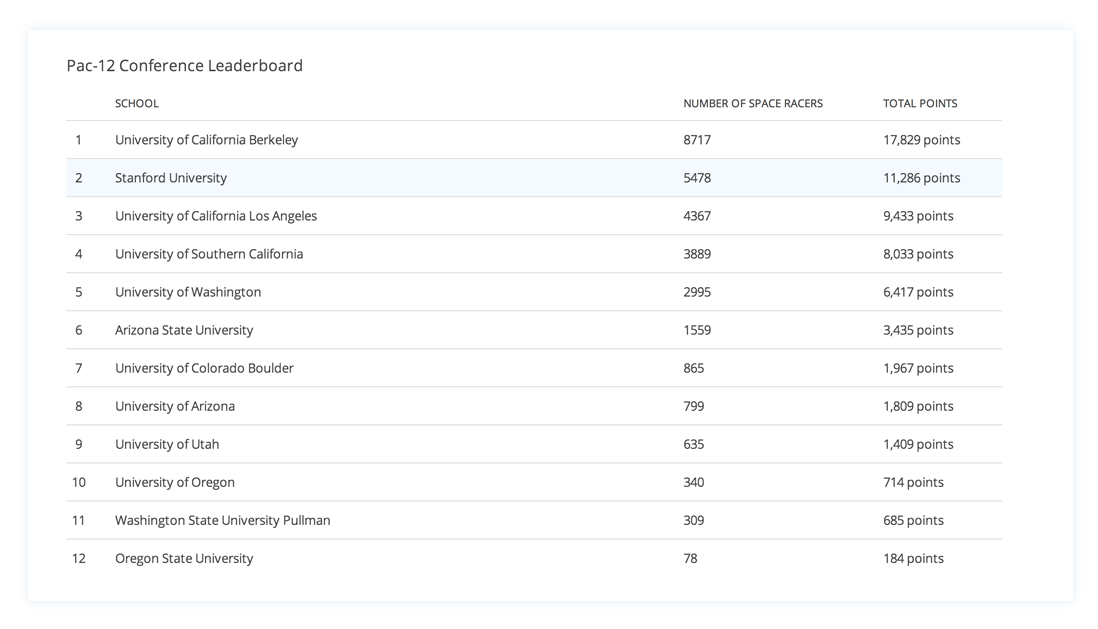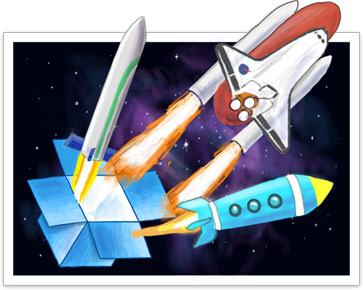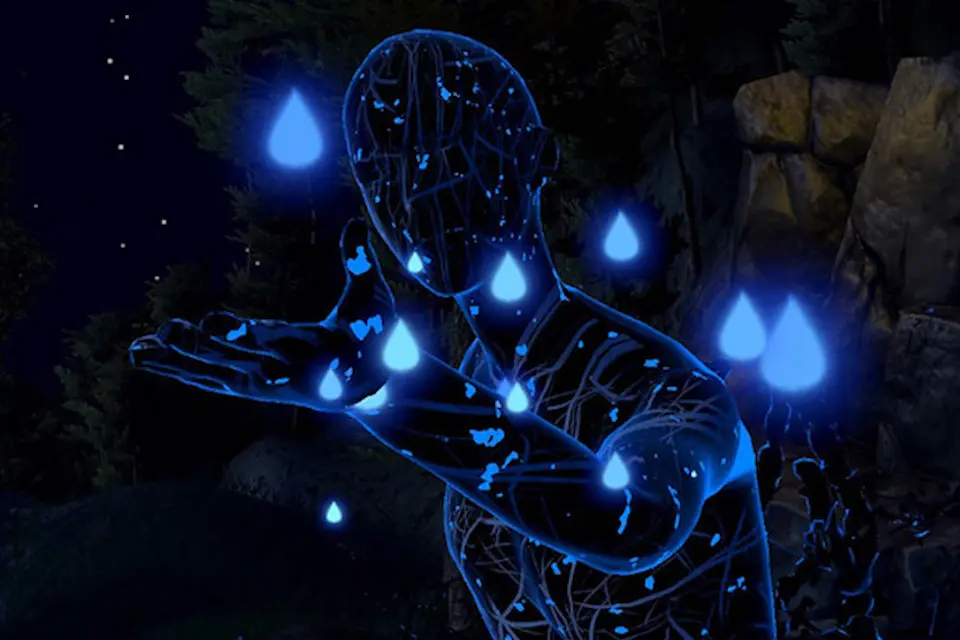
Sundance 2021: Building a New Frontier for a virtual festival experience
Published on January 26, 2021
In tribute to teams that bring movies to life, we're talking with the filmmakers and people behind the scenes who made the festival happen despite the challenges of pandemic lockdowns. Today, we’ll hear from Shari Frilot, Chief Curator of New Frontier and Senior Film Programmer about how she and her team created one of the boldest new additions to this year’s festival.
When it became clear that the global pandemic would require us to present New Frontier virtually, a first for our ambitious, bleeding edge, new media showcase, the first thing we did was to take the exhibition design we were installing in Park City, and tear it down entirely to its parts in an attempt to identify the beating heart of what New Frontier and the Sundance Film Festival is.
Here’s what we found.
In Park City, we were installing New Frontier inside brick and mortar venues. We platformed the show on a variety of headsets, custom built technology, computers, and various screens. And we showed them to people—who themselves were carrying smartphones and computers of their own. All of these components were networked via WiFi, cable, and satellites, and people running around, and into each other, connecting in serendipitous ways.
“The only physical thing that would change for 2021, was that we would substitute homes for our venue.”
Once we could see the entire infrastructure of New Frontier, we realized an important and central fact was not going to change—the fact that we were always building on the bio-digital continuum which defines our modern life. So the only physical thing that would change for 2021, was that we would substitute homes for our venue, and we would not take for granted the devices that our audiences were using inside our venue. Those devices would become the platform for our 2021 exhibition design.
We also came to realize that, on a very basic level, New Frontier—and Sundance—is about community. The powerful sense of community that happens inside of a showcase of artistic expression. We are about bringing people together to watch films and immersive experiences that are created by artistic visionaries, and then making space for people to share and digest and celebrate and explore what they have seen. The serendipitous connections in this kind of environment are the magic of Sundance. That is the beating heart of the festival.
“The choice became clear to build a spatialized, social gallery in WebXR. We partnered with Dropbox, who empowered us and our artists to collect and distribute a wide range of media.”
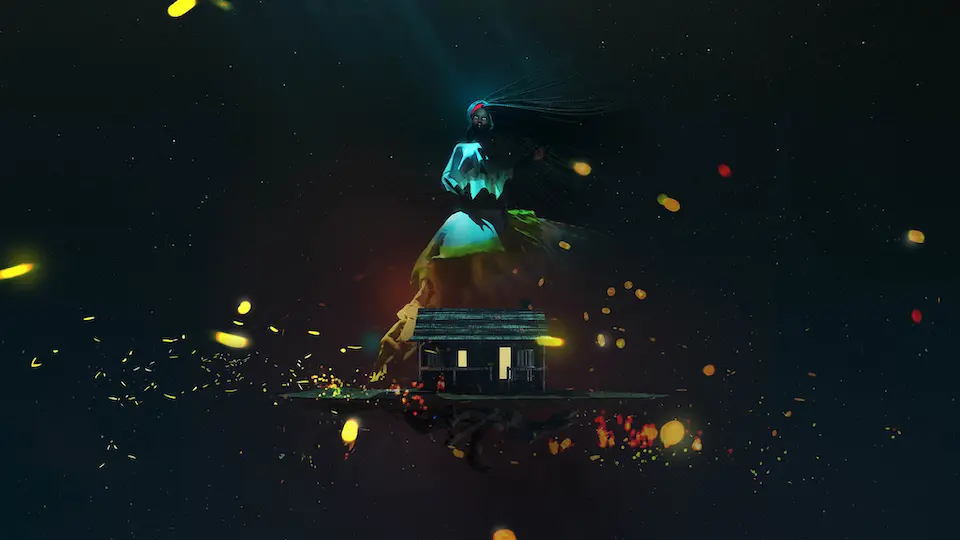
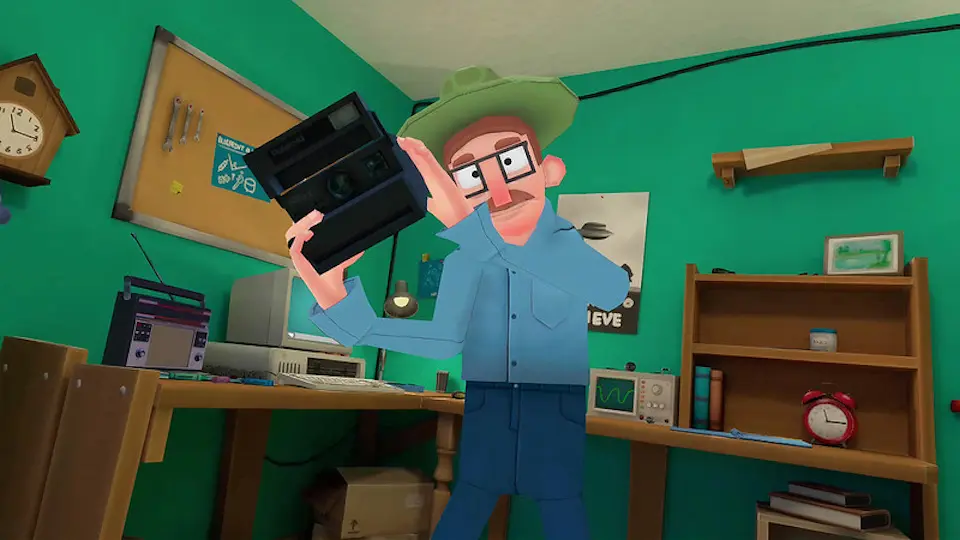
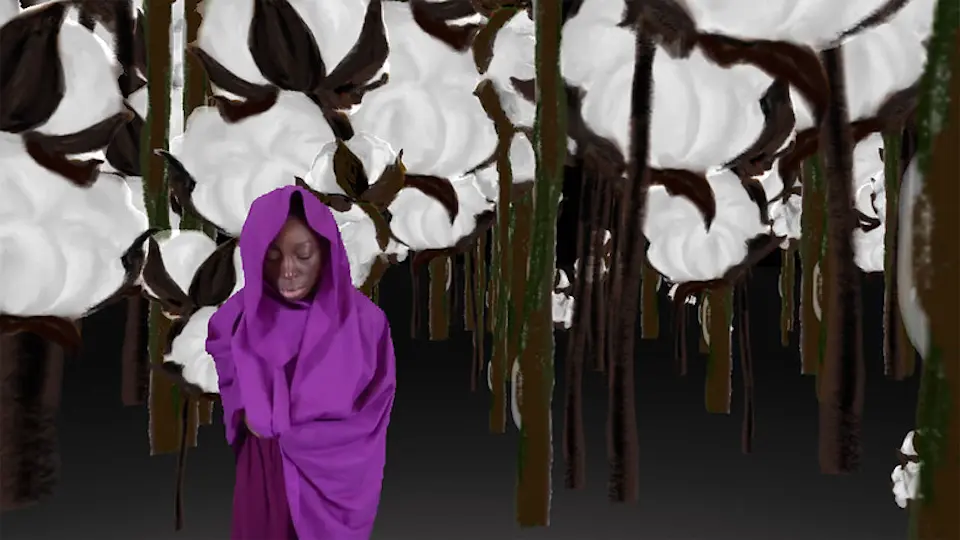
Once we had our north star in view, the design for New Frontier became clear. We would need to build New Frontier on a virtual social platform that could gather hundreds of people at a time, allow them to connect in the ways that have become our new normal, and to be able to watch and discuss a wide variety of extended reality (XR) experiences. It also had to be a party.
Well, we found clarity, but then had no idea how we were going to pull this off!
So we turned to our community of artists and creative technologists. The same creative community who have been presenting works at New Frontier all these years. The same artists who, after SXSW was forced to cancel due to COVID-19, immediately sprung into action to find ways to present XR works virtually. We watched and participated in other festivals and events, that were building on these ideas and finding new ways to present crazy ambitious programs. We listened to the conversations creators were having–what was working for them, and what left them wanting—and got clear on what the next steps the field needed to take. Then we started asking questions of the creative producers who have come through New Frontier. They lead us to Active Theory.
Active Theory had come through New Frontier before, as collaborators with Chris Milk on projects we featured at the festival. The company had since sharpened their practice inside of bleeding-edge initiatives at Google, NASA, and Coachella. When we originally sat down with them, they presented us with a tool box that contained some of the shiniest things we were seeing in the field, and they were up for the challenge to create a platform that could let hundreds of people be in a room and have discrete conversations with groups of people, while accessing a wide variety of media, including custom XR works.


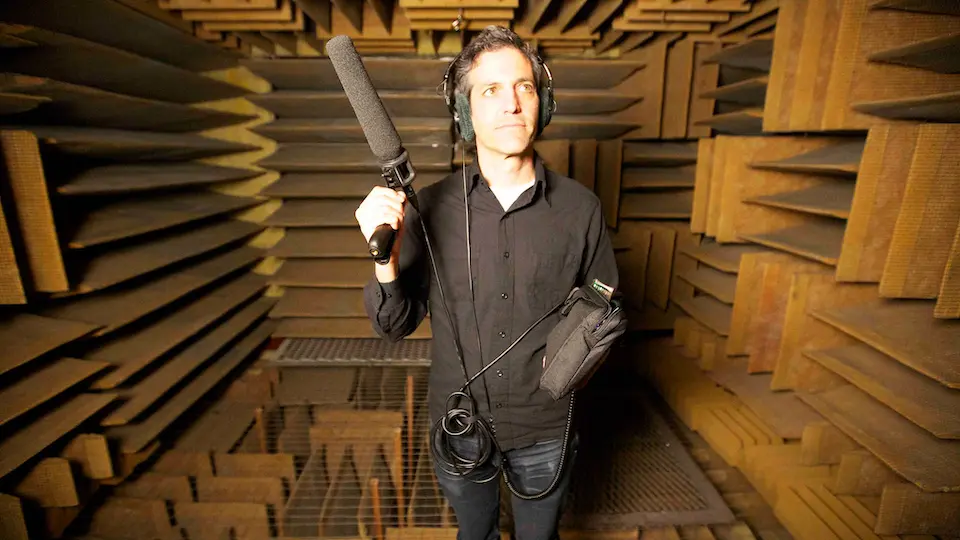
They also tuned into our desire to make something that vibrated with humanity in these times, and root the avatar design in the analog-ish ways we have been living life since March—live webcam stream, audio chat, photographic portraiture of people. And give the avatar bodies that expressed energy, and can run around, like people run around in Park City.
So the choice became clear to build a spatialized, social gallery in WebXR. We partnered with Dropbox, who empowered us and our artists to collect and distribute a wide range of media—from flat films to interactive virtual reality worlds—smoothly and securely. And the platform started to come together. And then it came together!
That’s when we realized, we can do more than simply present our New Frontier lineup. We can also provide a venue for the entire Sundance community to gather and celebrate the films and artworks of the festival. We could provide a dynamic, social platform for filmmakers to meet their audiences and have those critical conversations. We could provide a way for festival goers to meet each other, catch up with old friends, and serendipitously meet new people, and make new connections.
Just like in Park City, we wanted a way for audiences to spot talent at a party and jump into the conversation. So we created a second venue, FILM PARTY, where the main attractions are the film teams who made the films, and the constellation of passholders that make up the festival community. As films premiere at the festival, and finish their Q&As, they will come to Film Party to celebrate their premieres. There will be a constant stream of new audiences and new artists, coming through Film Party, enabling an evergreen energy, new conversation, and connection throughout the festival.
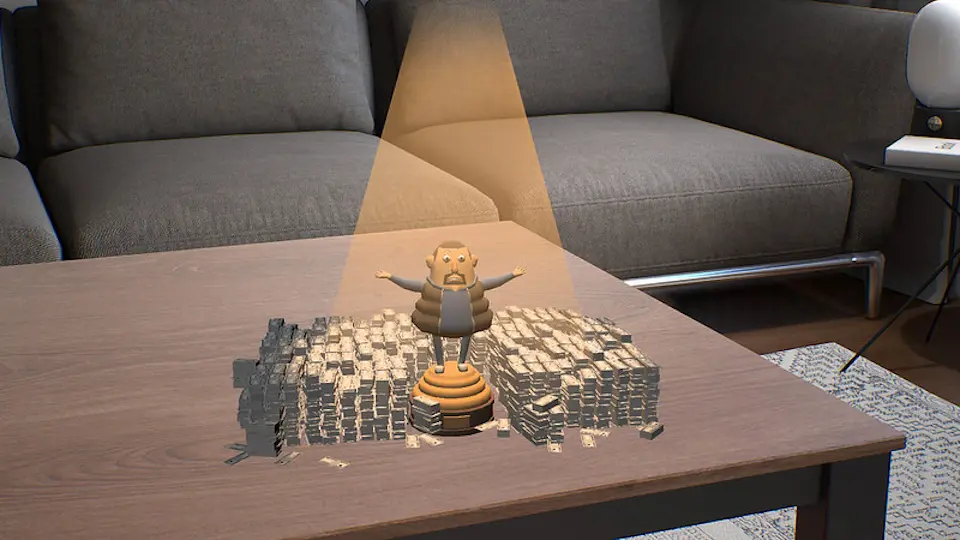
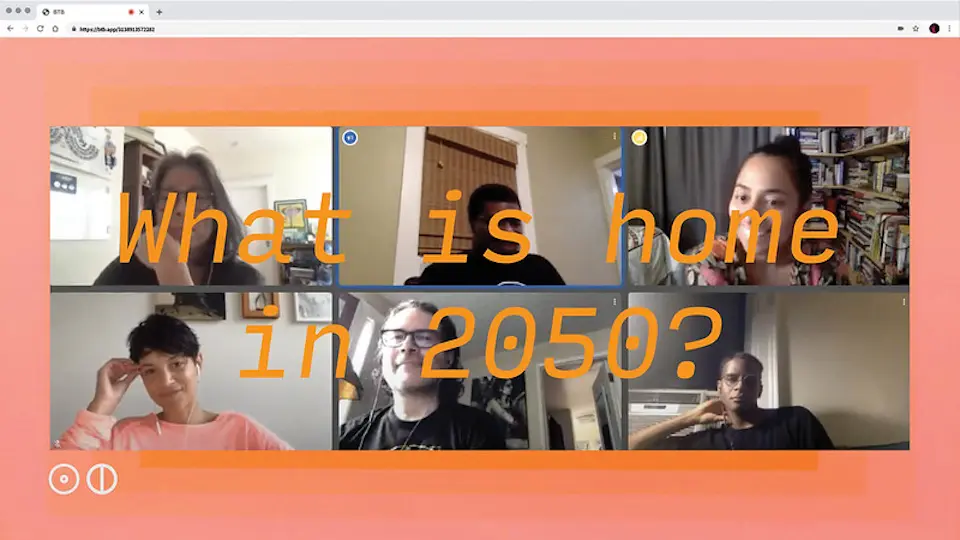
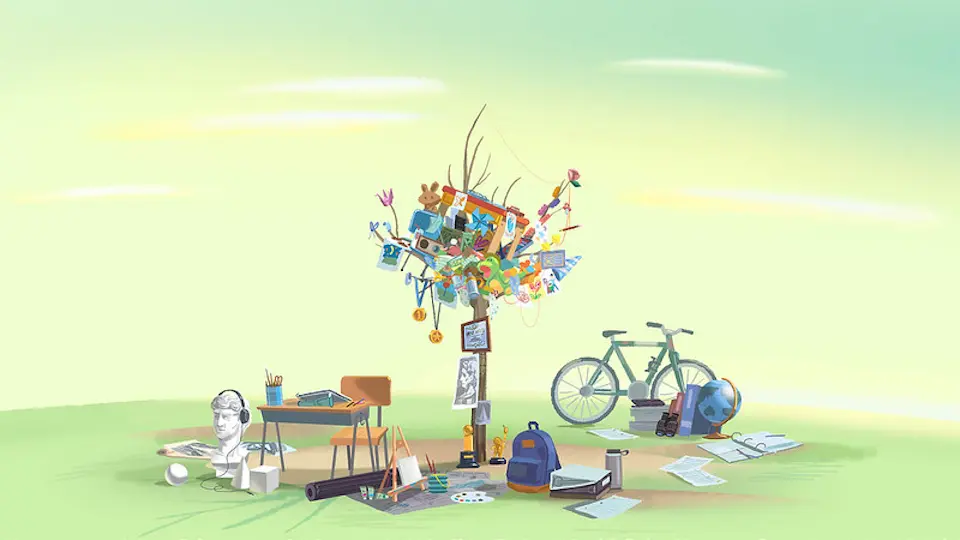
Finally, we embraced the fact that we everyone who is a part of the Sundance community is there because they experienced the magic of cinema: The profundity of what it feels like to gather together to watch a film on a massive screen. As we all watched our cinema culture become endangered in the face of the pandemic, we decided to build a third venue, CINEMA HOUSE, an immersive 200 seat art house cinema—that would let us gather again, and participate in cinema culture. Audiences with a VR headset can show up minutes before the screening and hangout with others in the lobby, catch up on the talk of the festival, see old friends and make new ones before they take a seat and watch films.
So that’s how the design of the 2021 edition of New Frontier came to be.
Three virtual environments: a Gallery for the new media show, a cutting edge social venue, Film Party, and the custom-designed CINEMA HOUSE. There is also a Space Garden to build your avatar, begin your journey, or take personal time before heading to another venue on the platform.
Finally, we wanted to situate New Frontier in a place that reflected the truth of where it materially existed. And in a place of meaning. Because our devices are networked via satellite, it seemed apt to make space for art amongst the stars. So our interface locates New Frontier in orbit around the earth alongside the International Space Station. After a year of intensifying struggle for gender and racial equity, wildfires, freak weather, earthquakes, political insurrection, all amidst a global pandemic, it seemed incredibly meaningful to be able to gaze upon the Earth and consider our lives, as our artists and visionaries expand our hearts and minds.
To check out the Sundance Film Festival’s new online platform, visit festival.sundance.org
To read about the making of this year’s films, visit our Sundance 2021 Featured Collection.
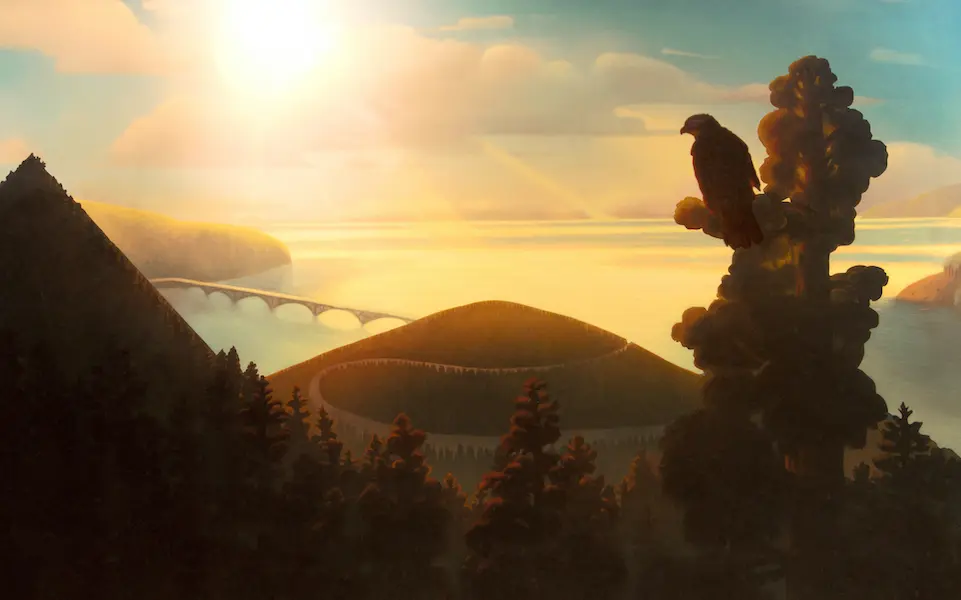
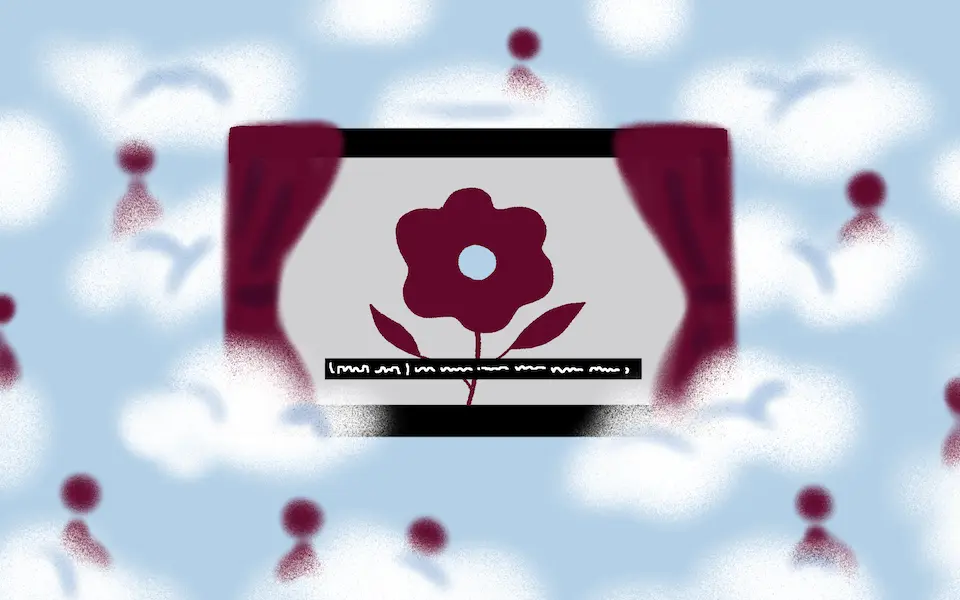
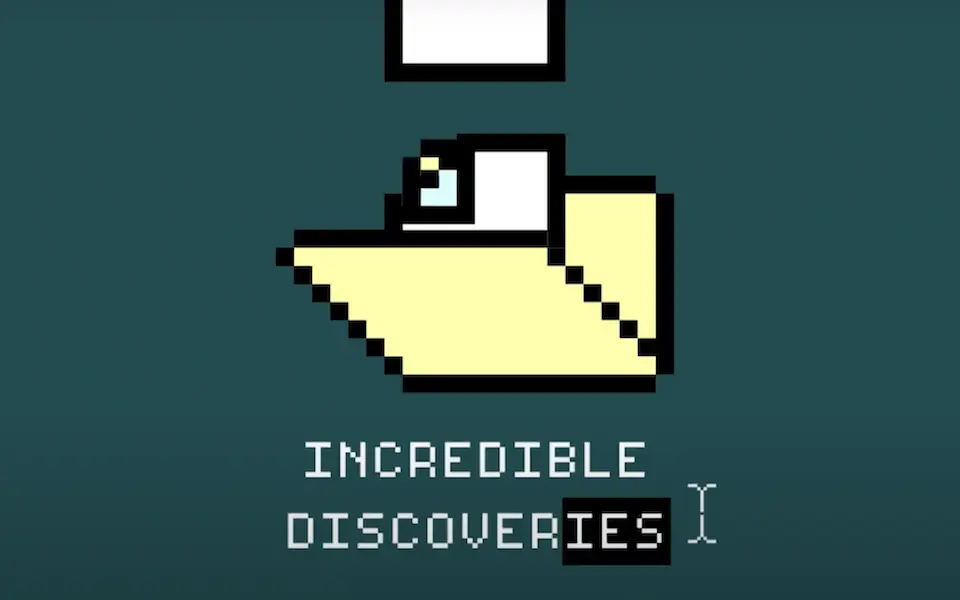
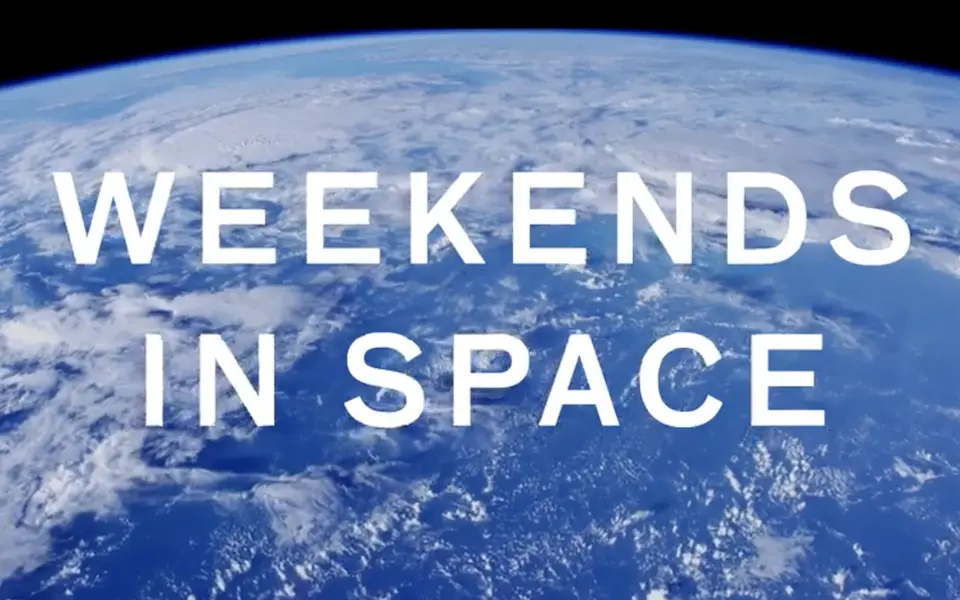
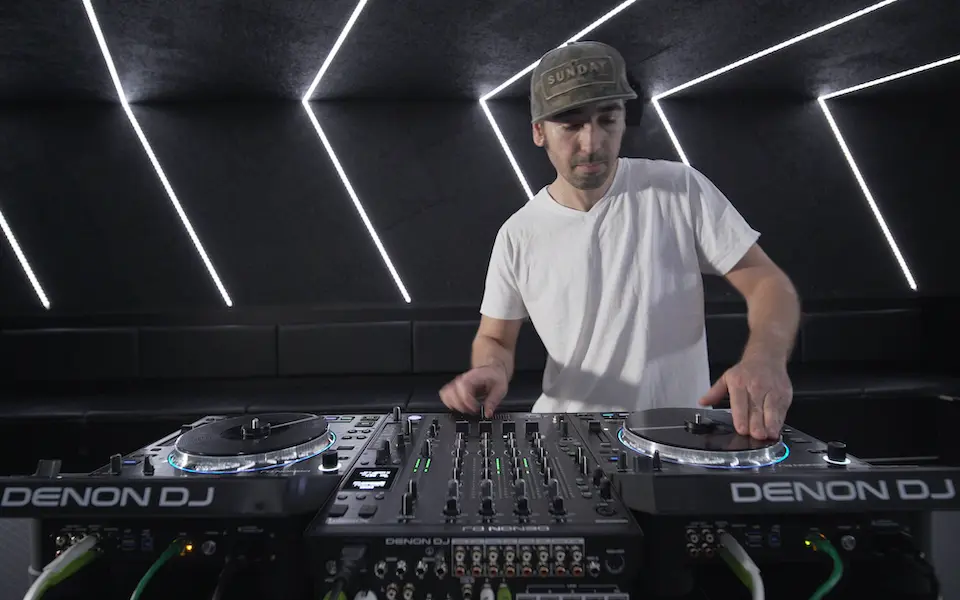
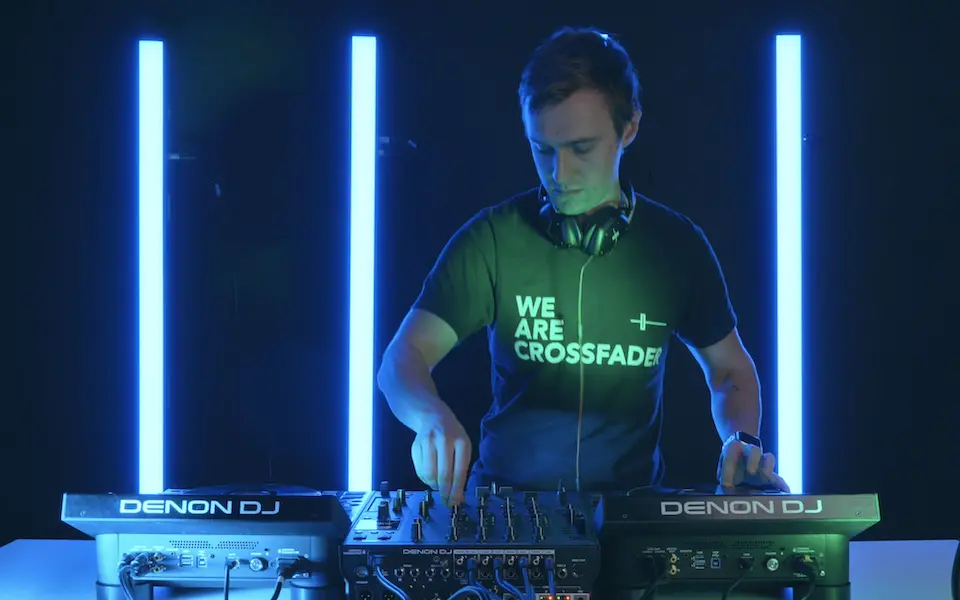



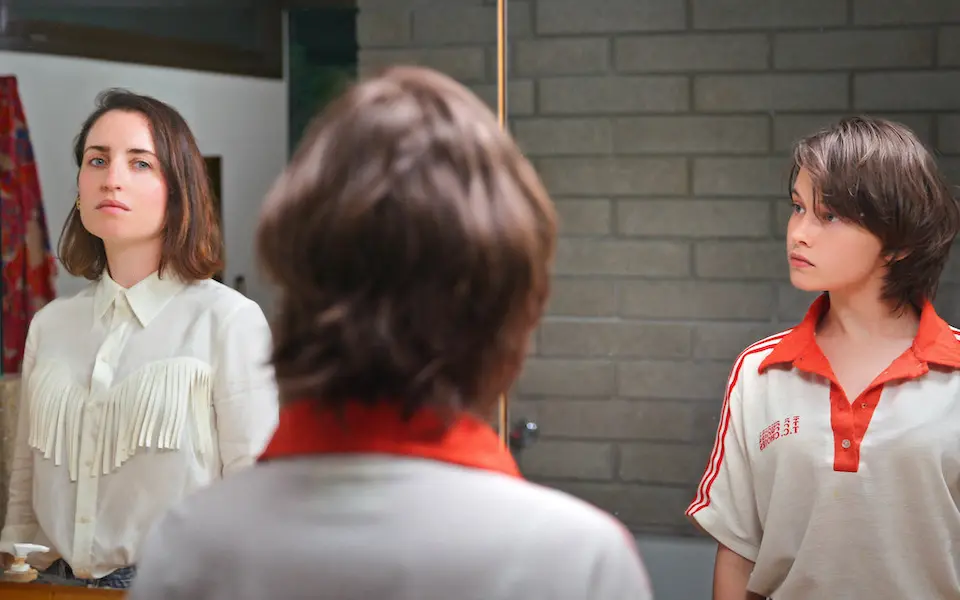

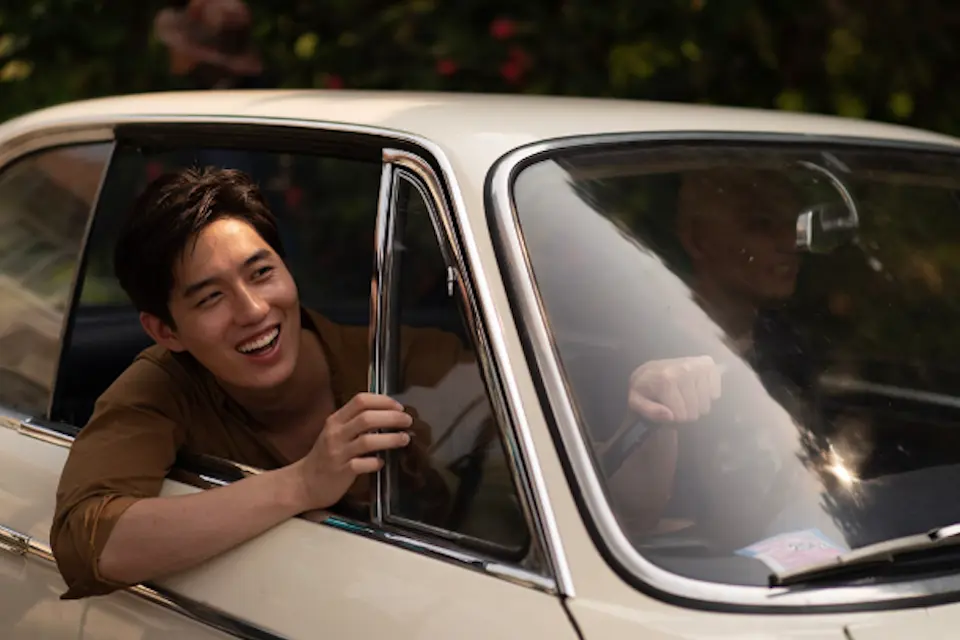


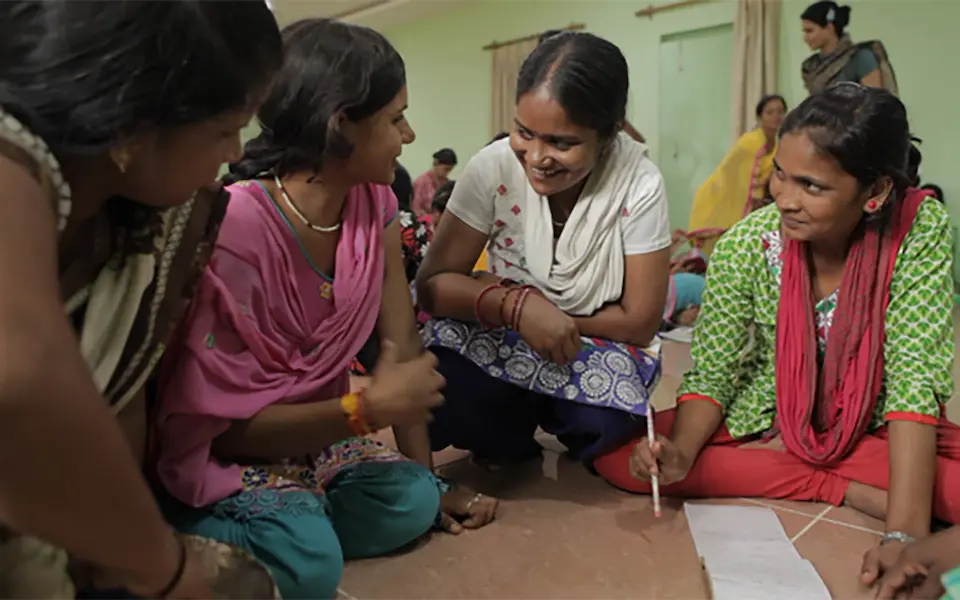
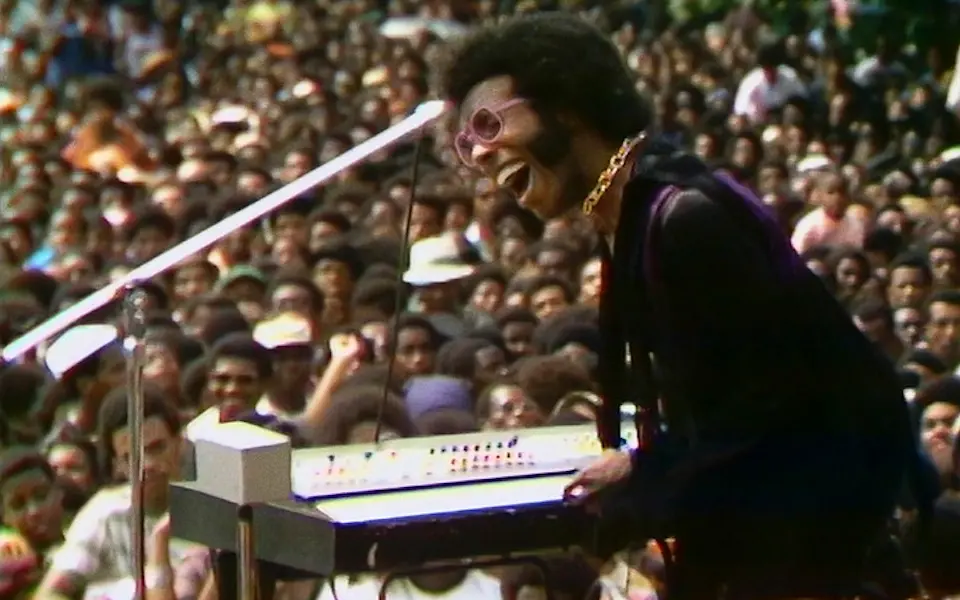
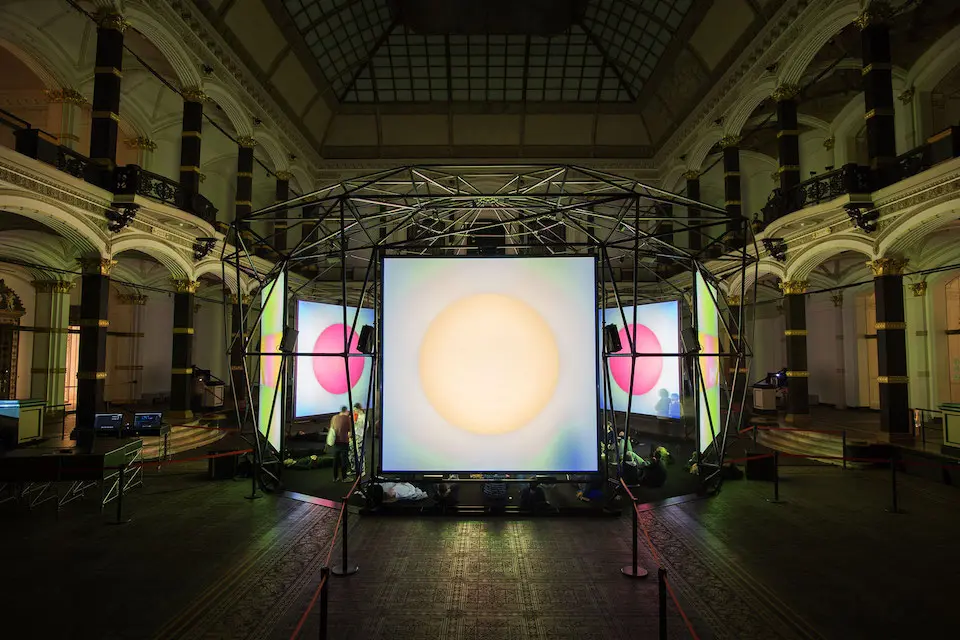


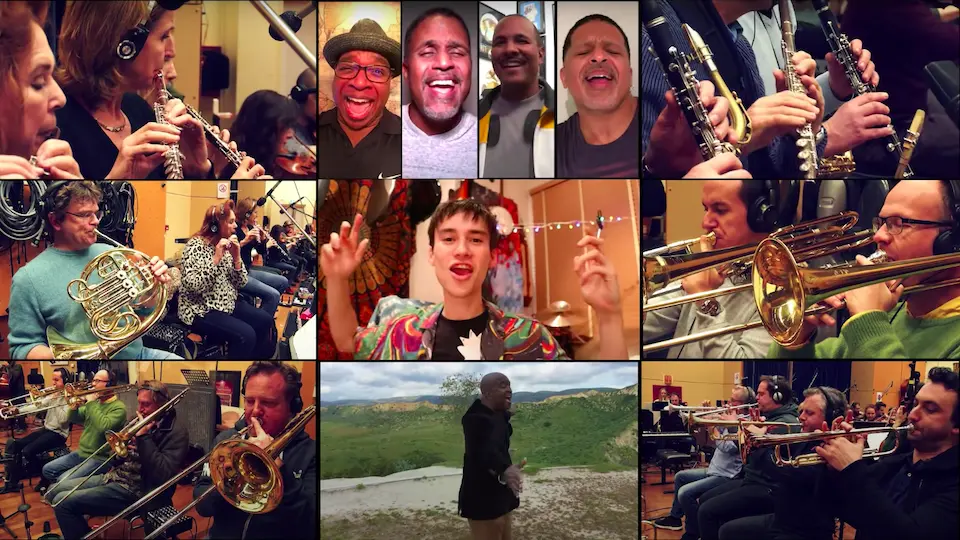

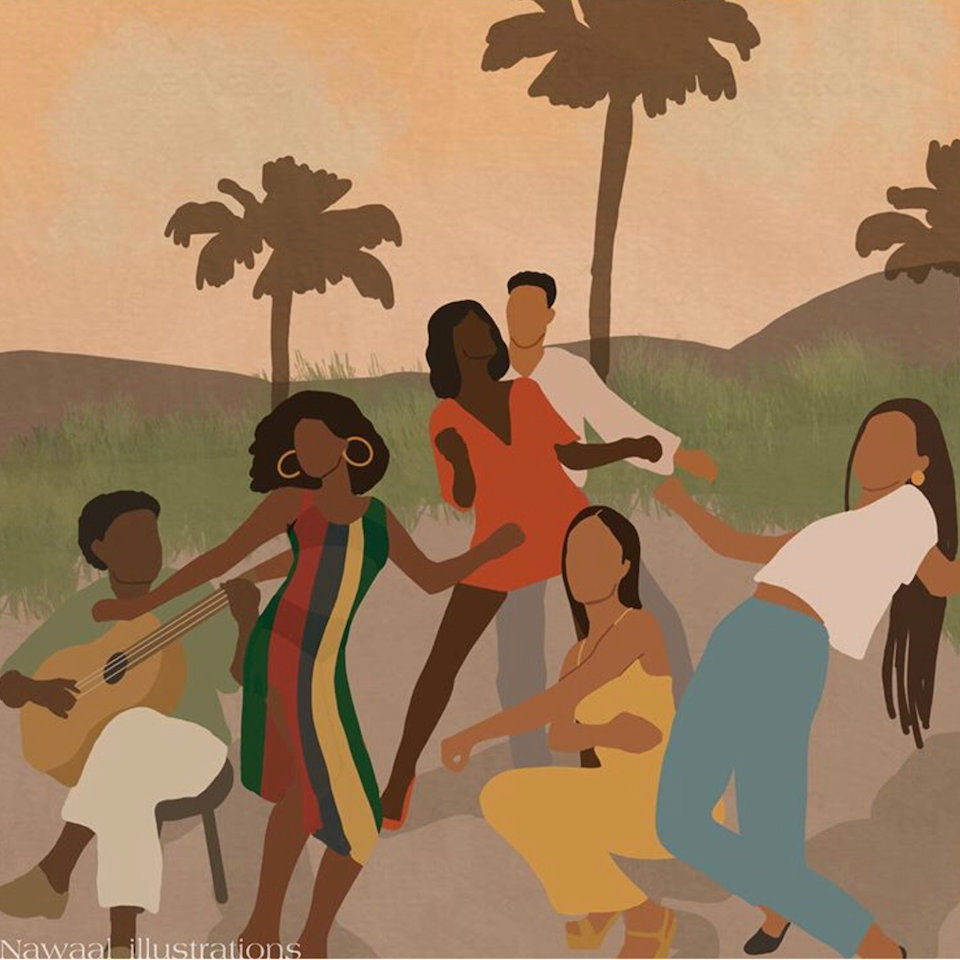


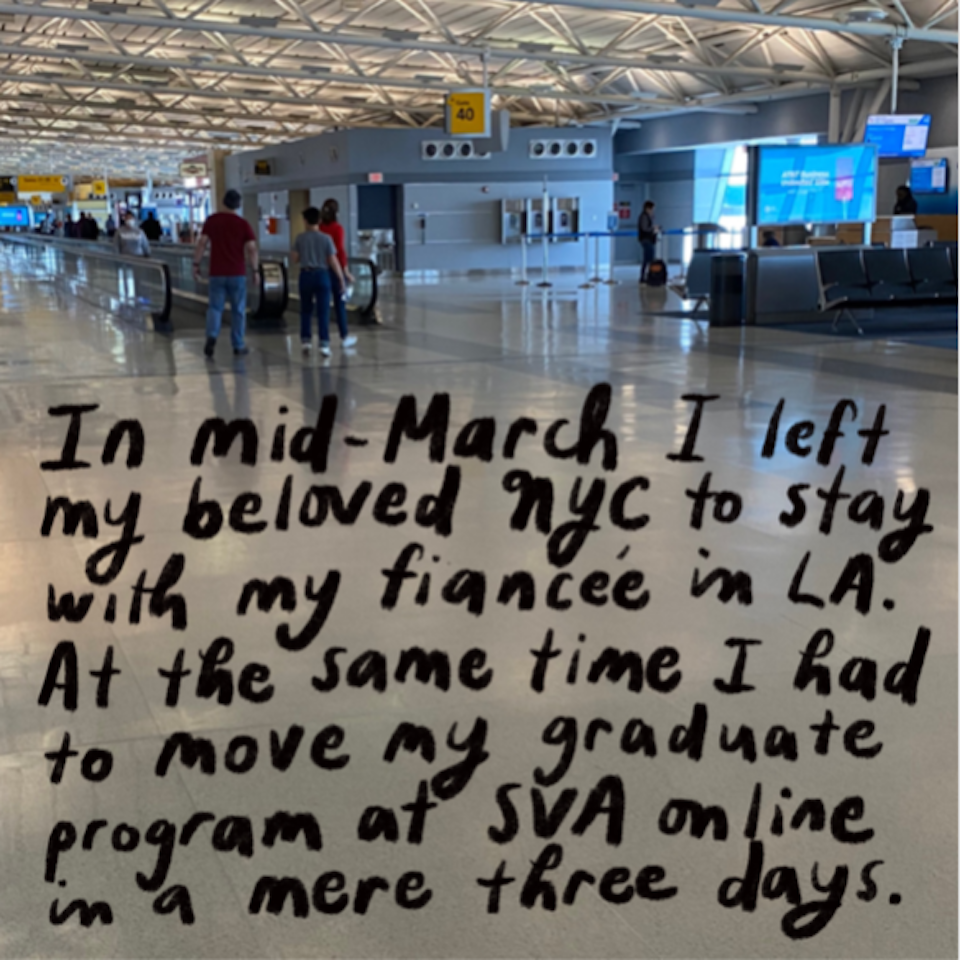
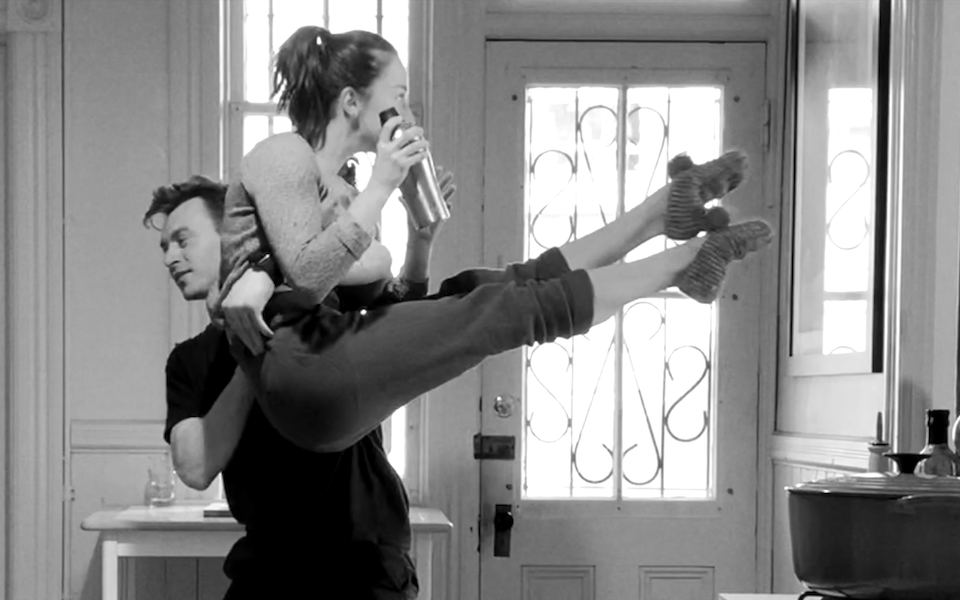
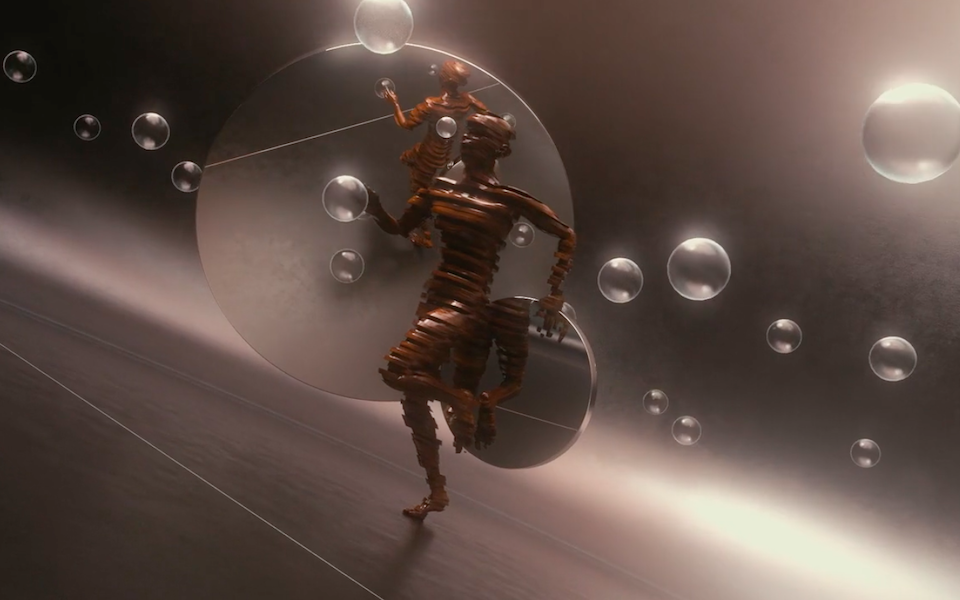
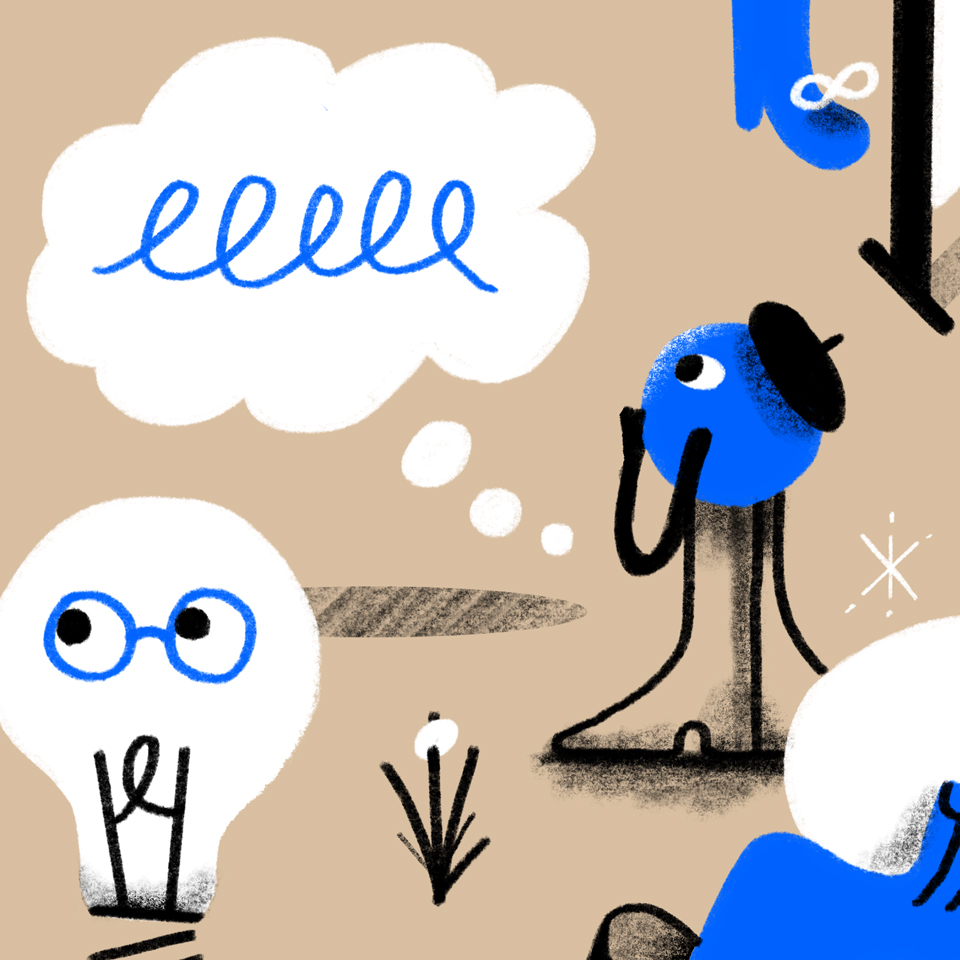
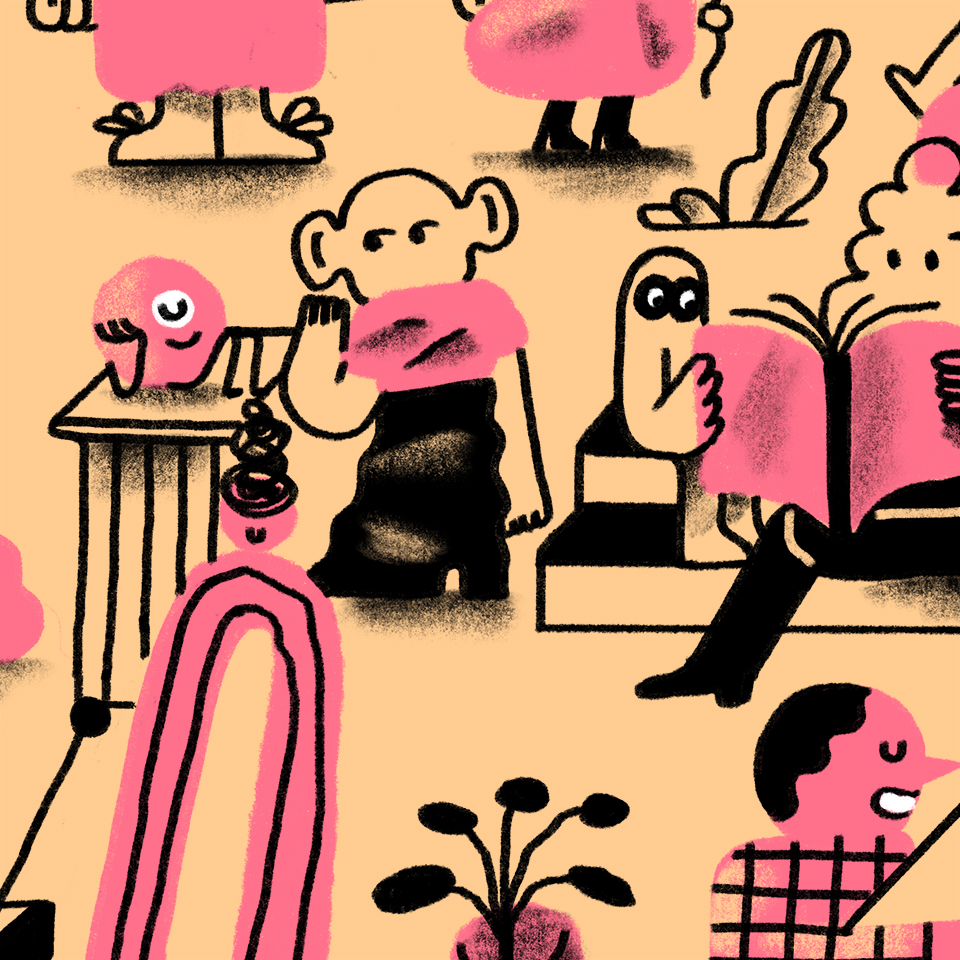


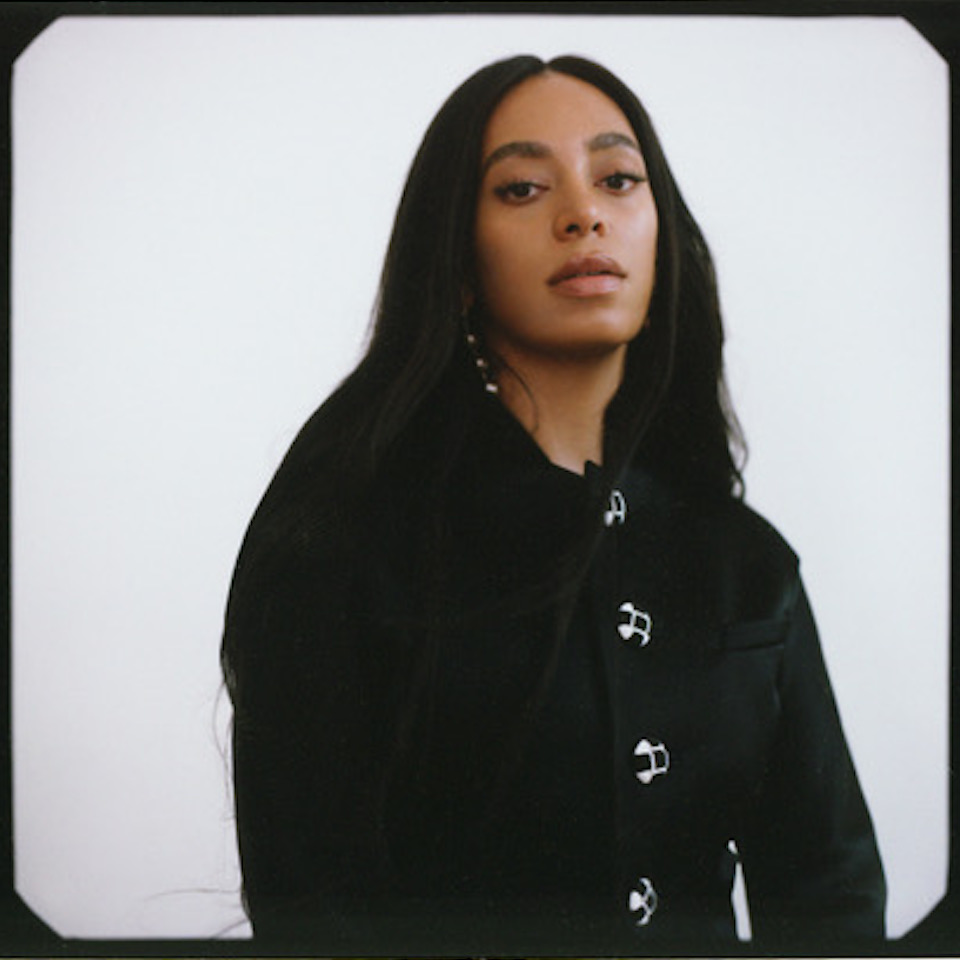

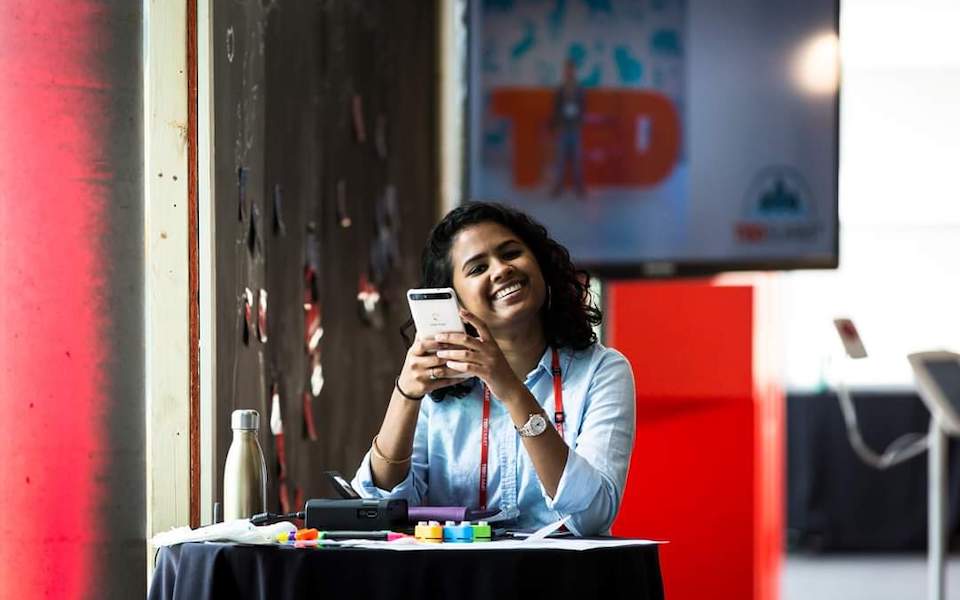


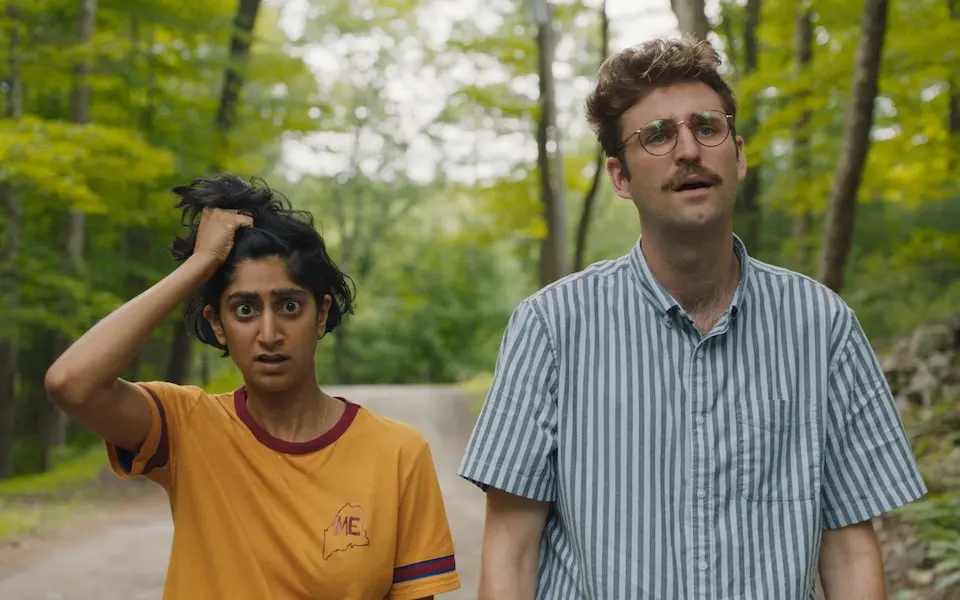
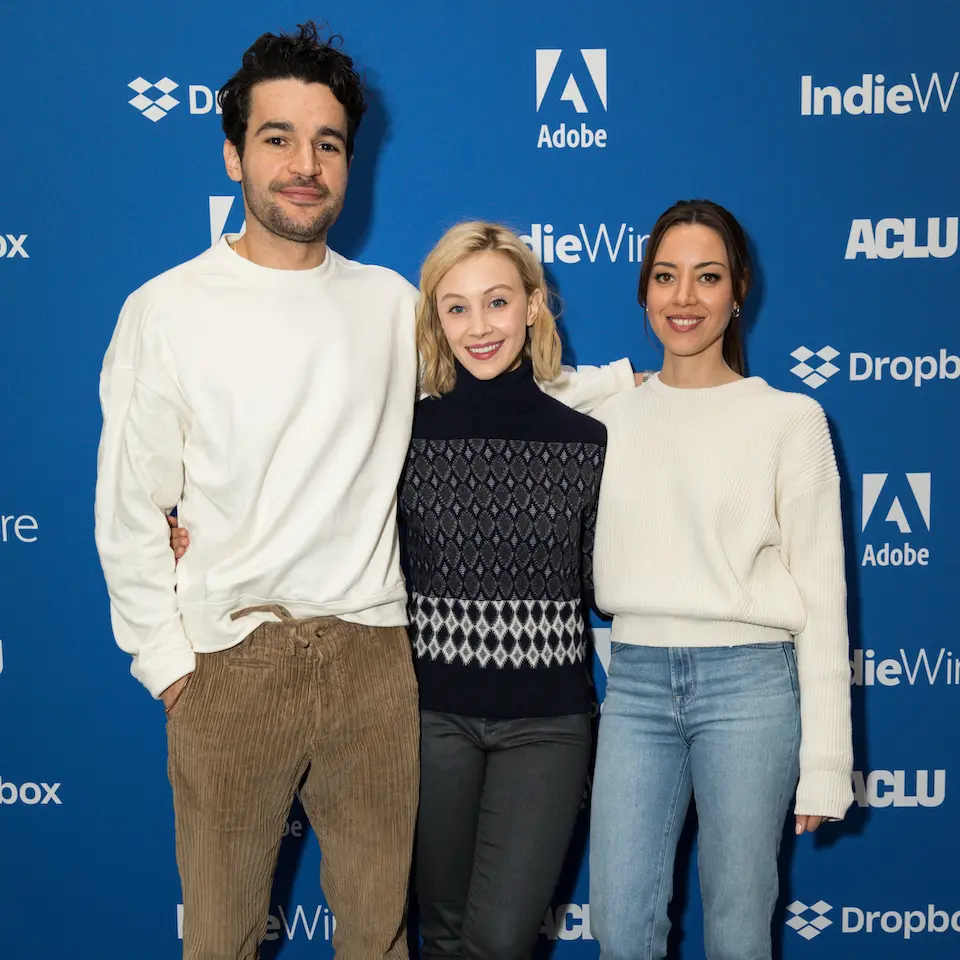
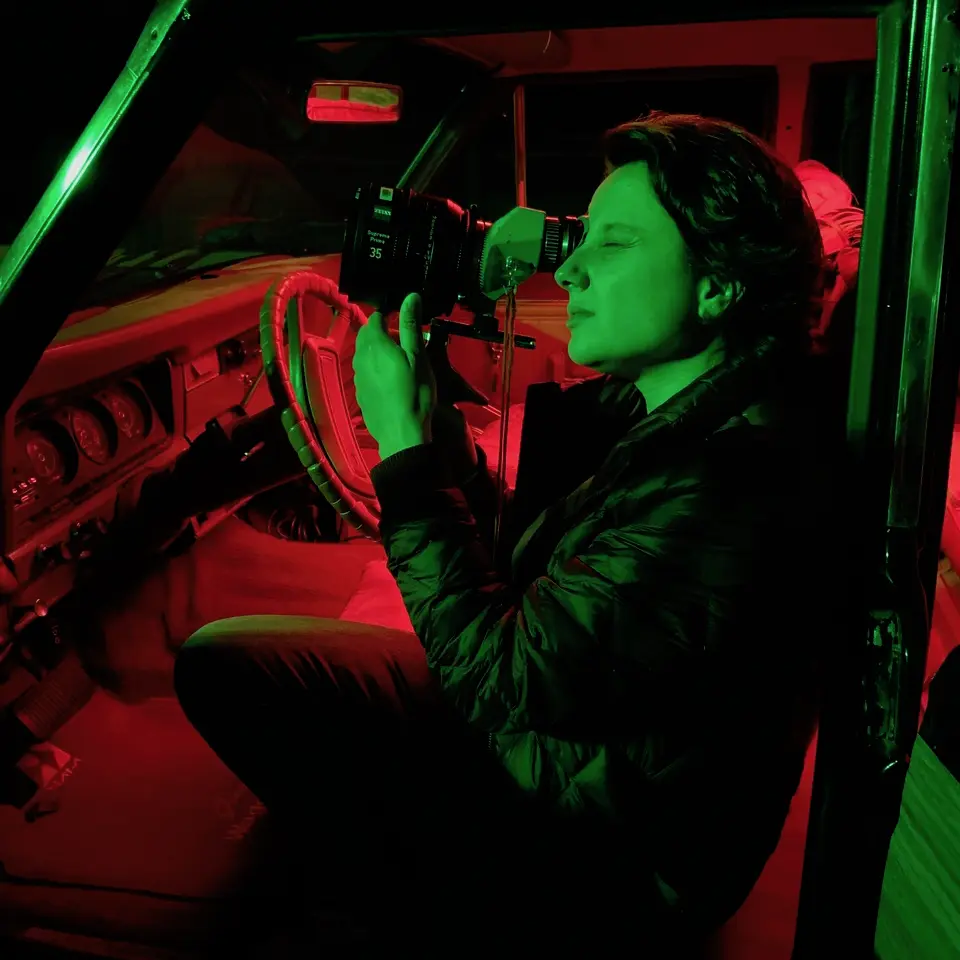
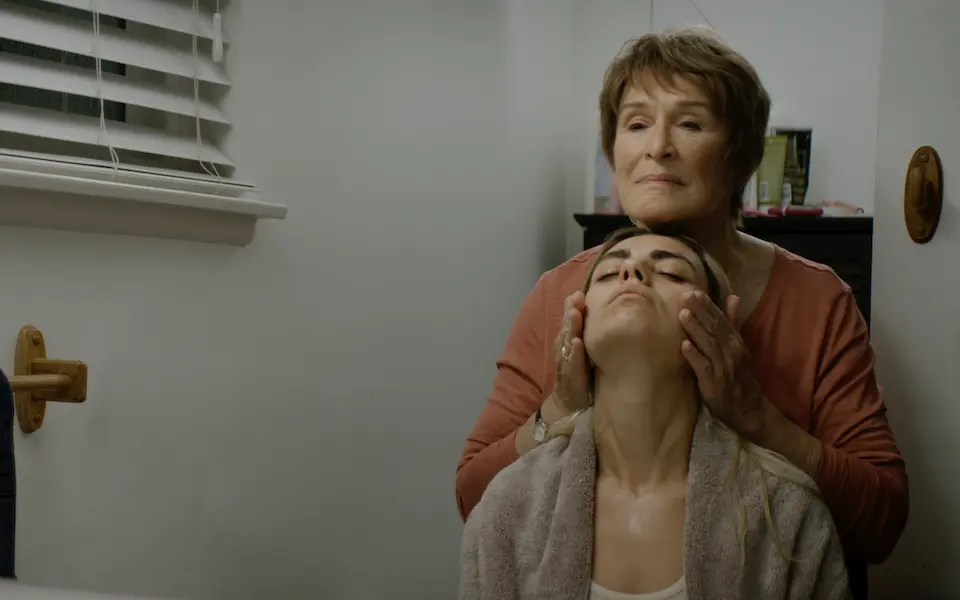

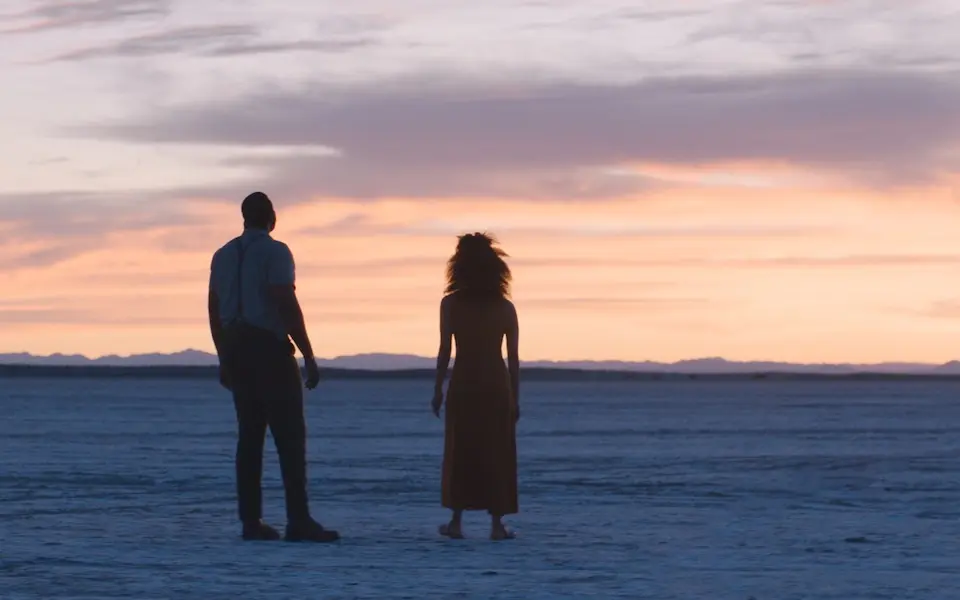
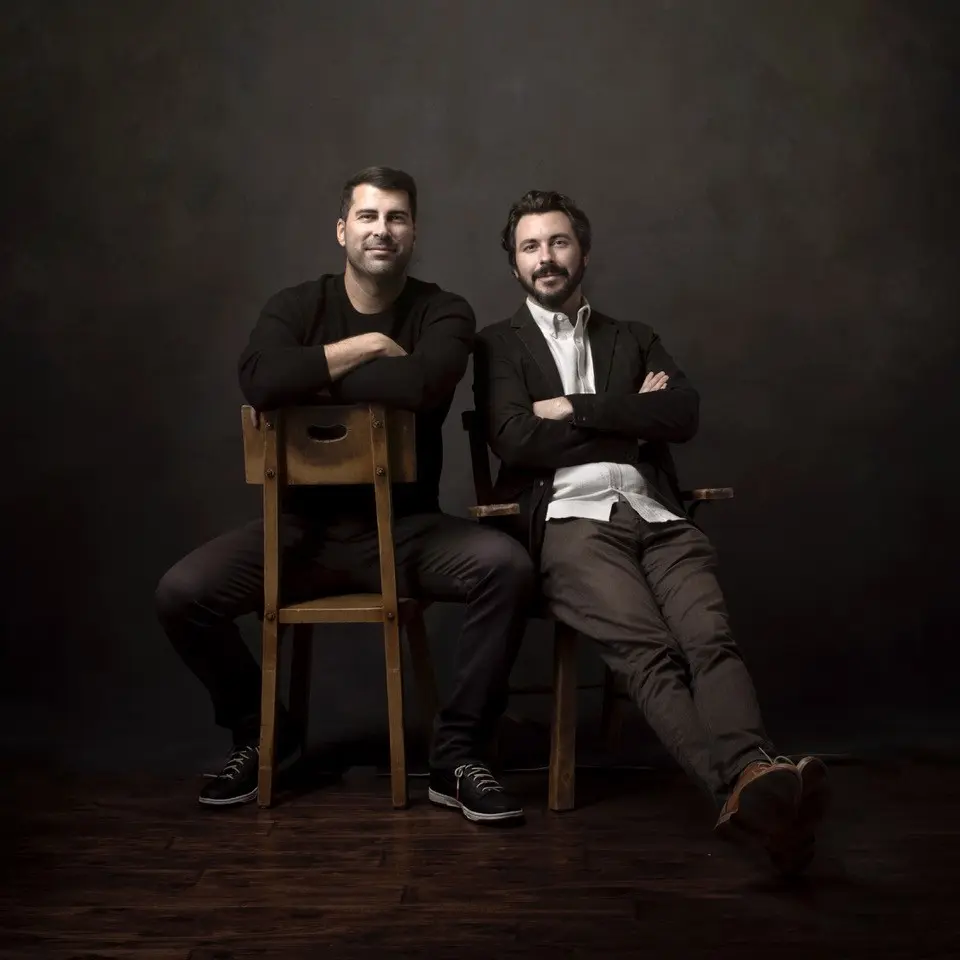



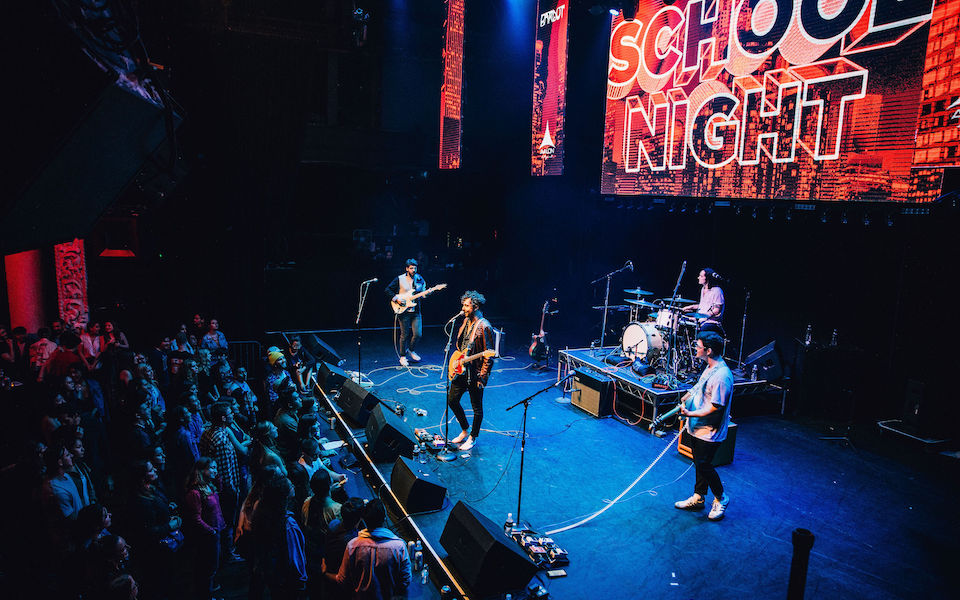






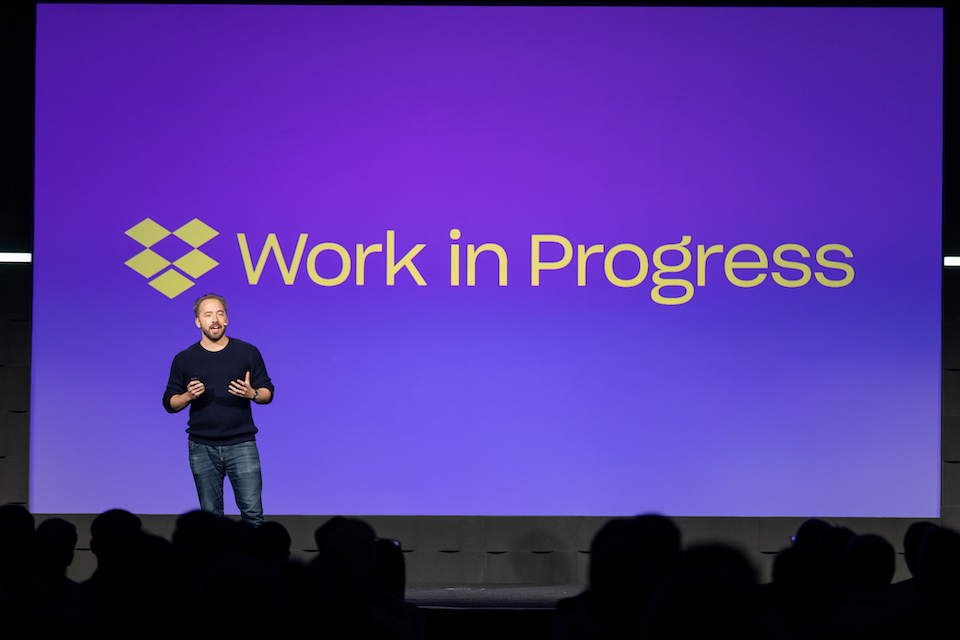



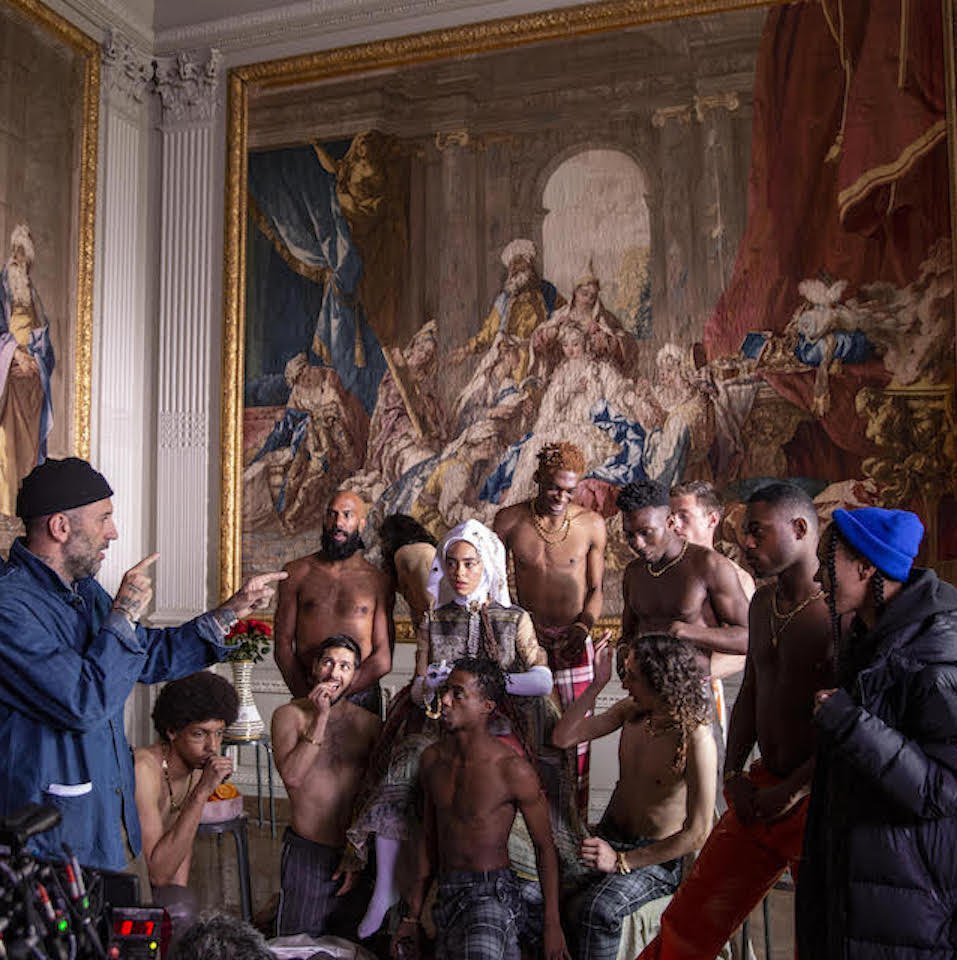

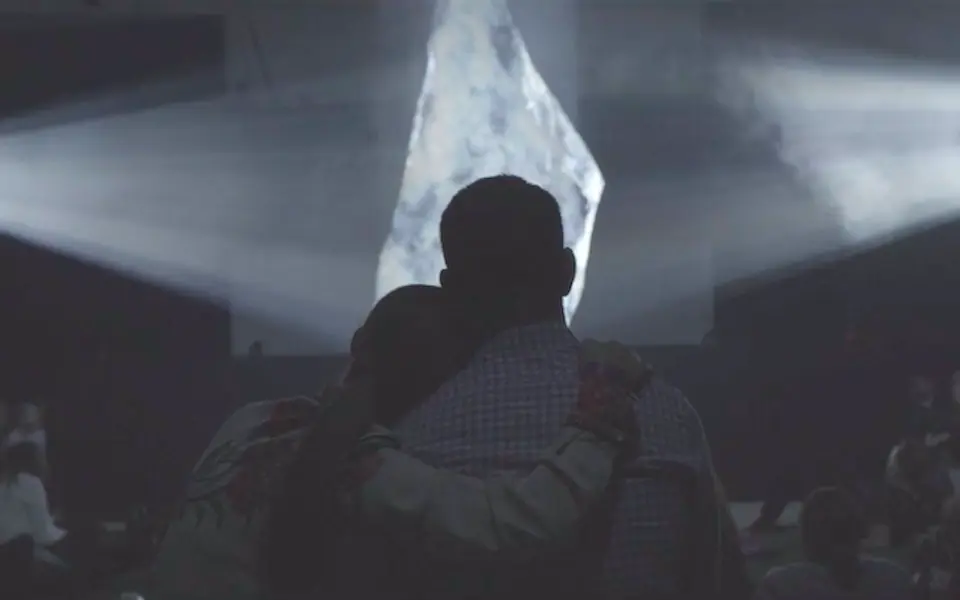
.png/_jcr_content/renditions/Karen%20O%20%2B%20Danger%20Mouse%20(photo%20by%20Eliot%20Lee%20Hazel).webp)


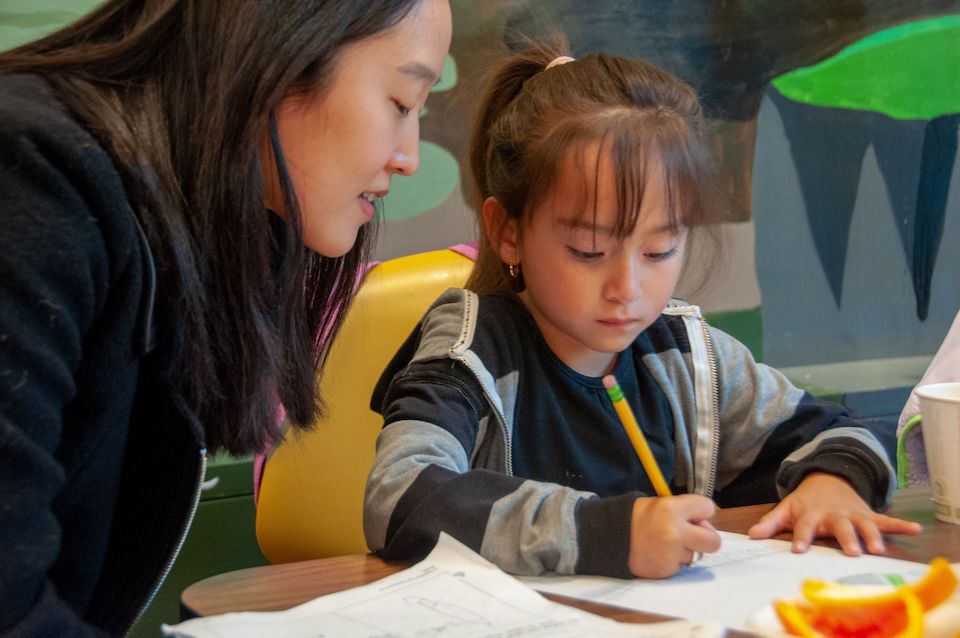


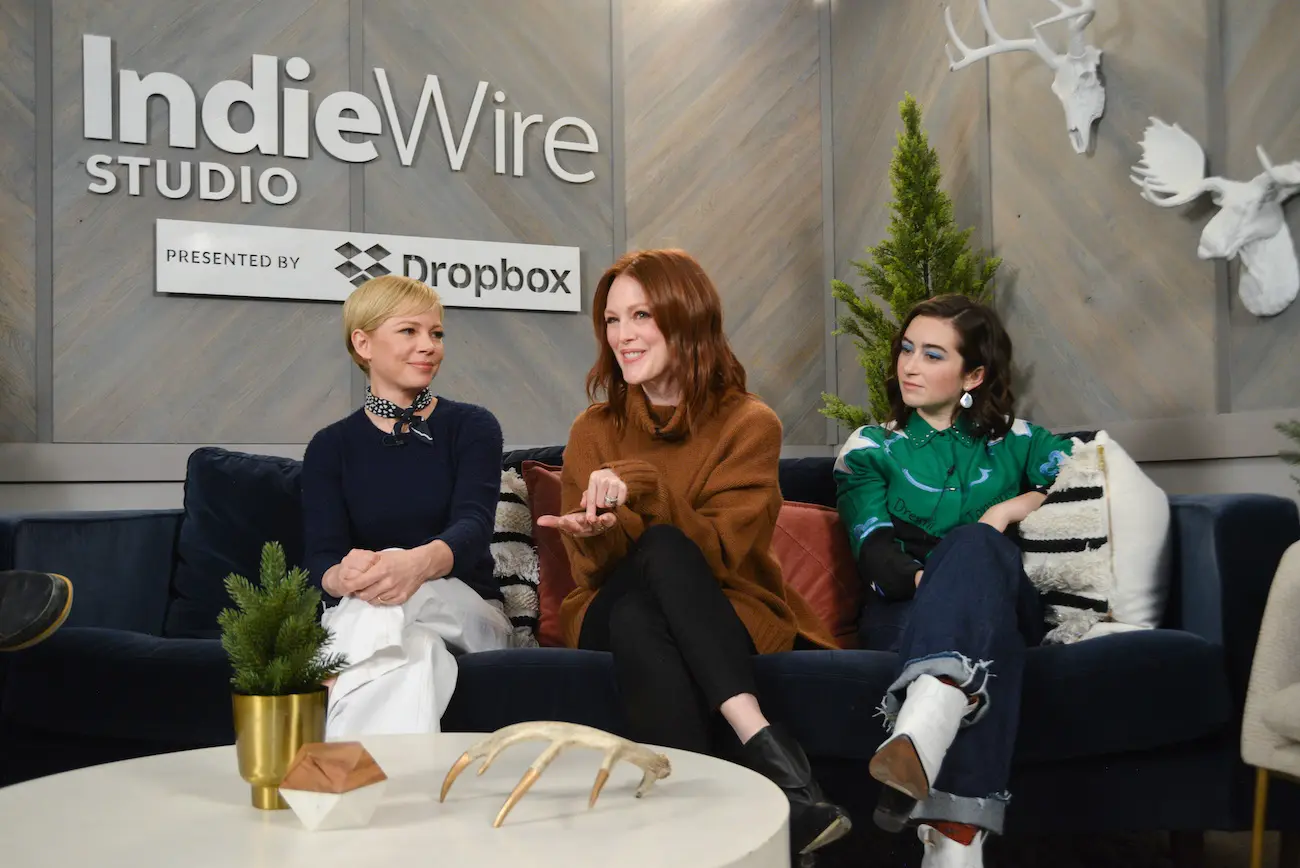


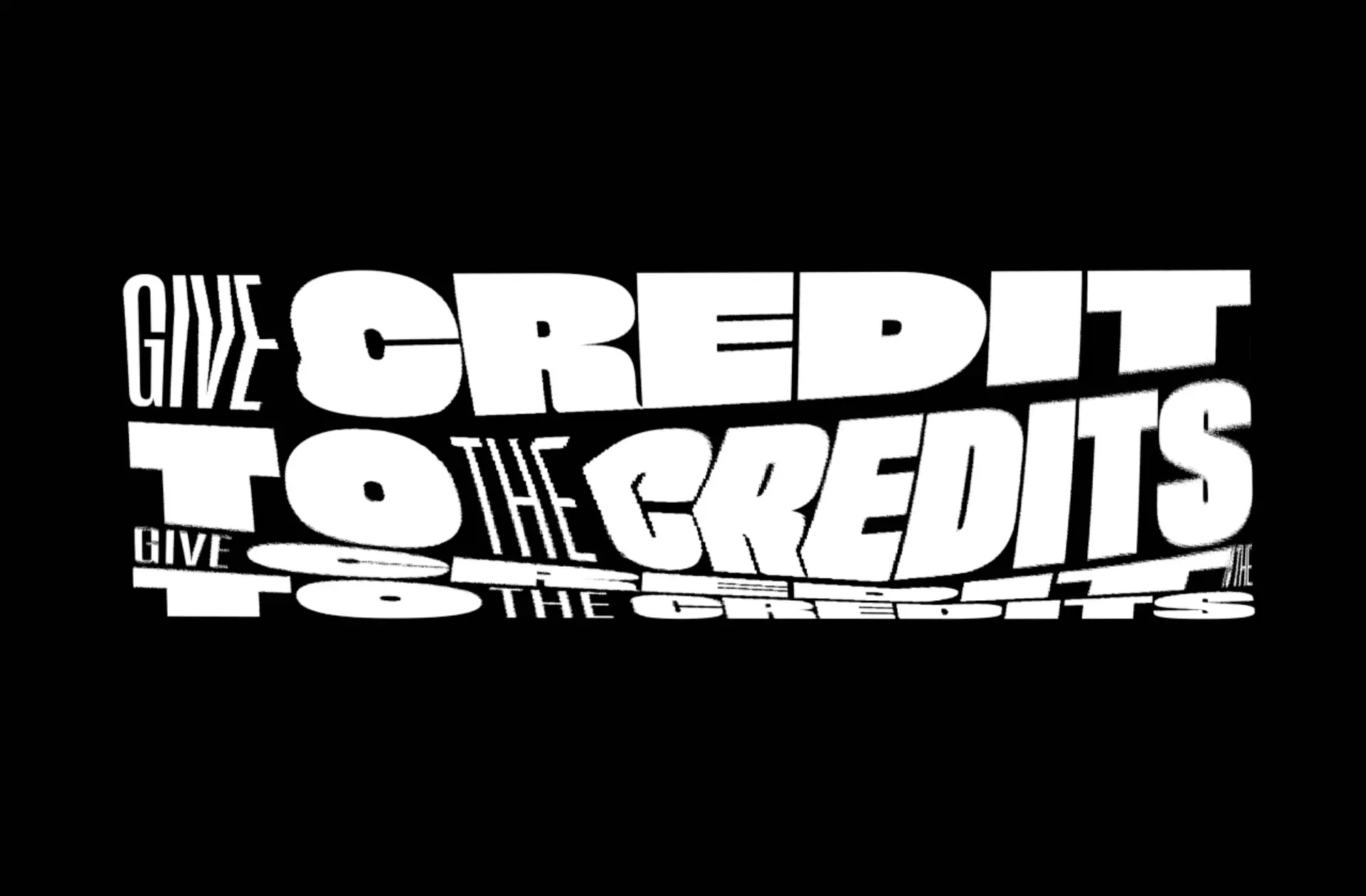
.jpg/_jcr_content/renditions/Extremely%20Wicked%20Shockingly%20Evil%20and%20Vile_Sundance19_Director%20Joe%20Berlinger%20(3).webp)

.jpg/_jcr_content/renditions/Bedlam%2014%20(1).webp)
